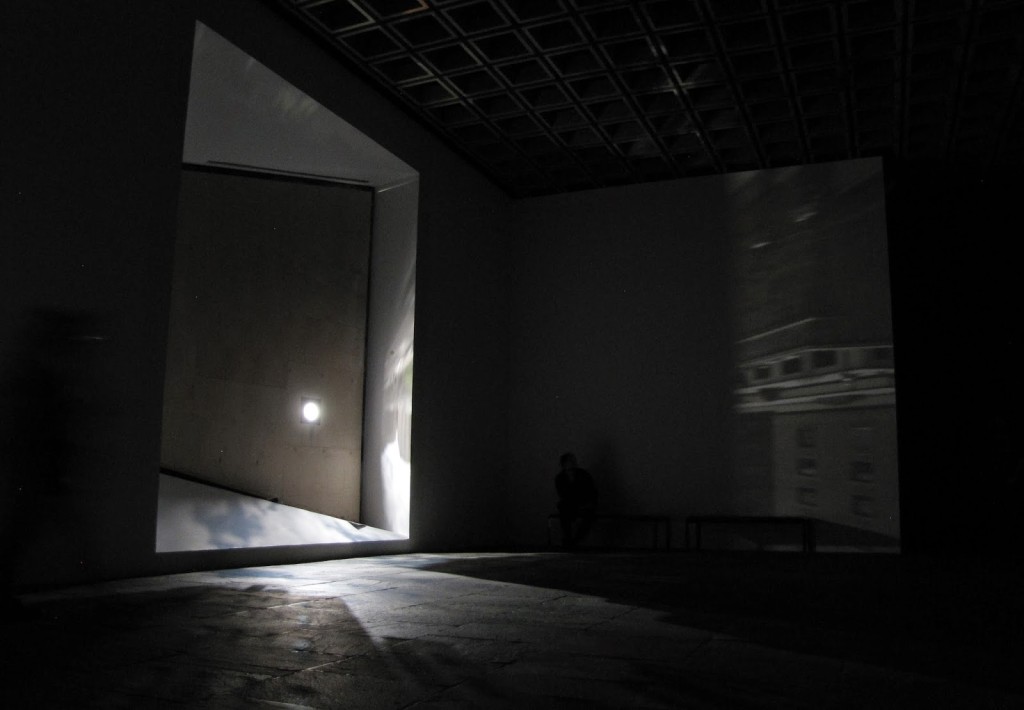
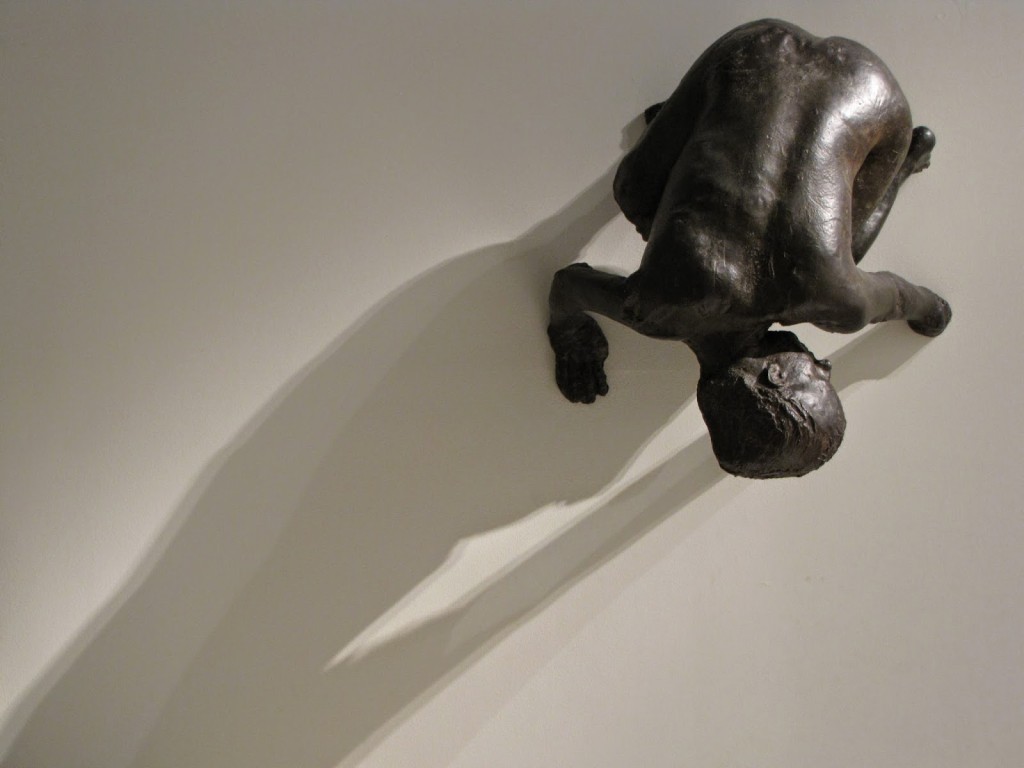
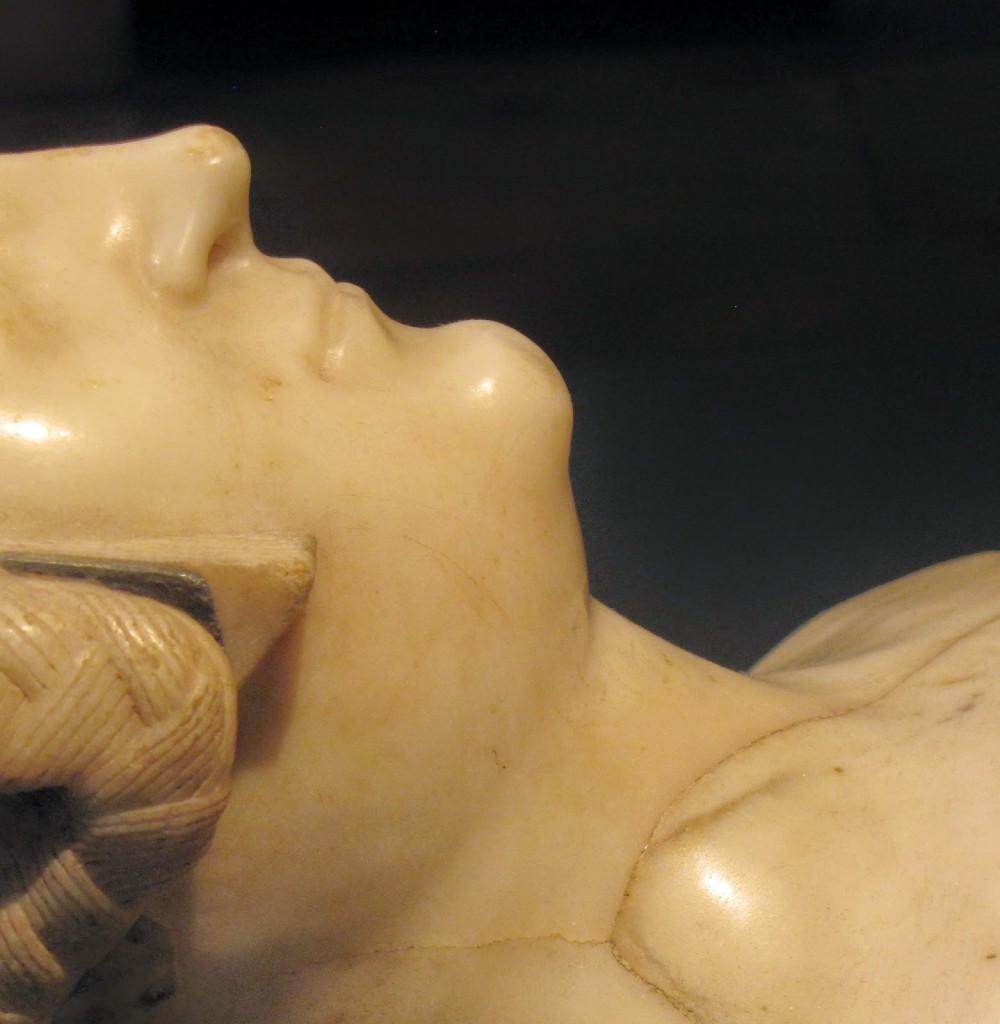
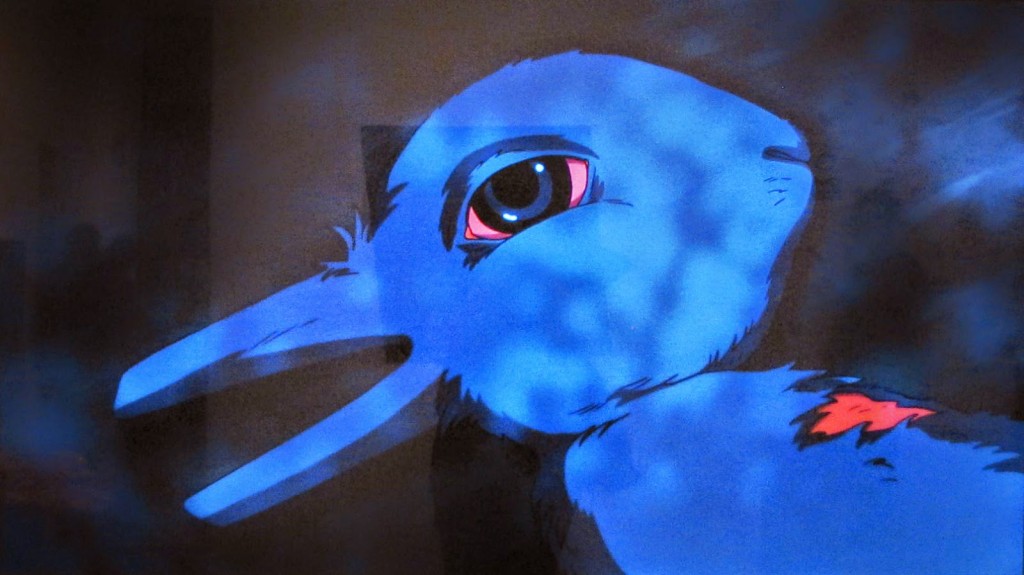
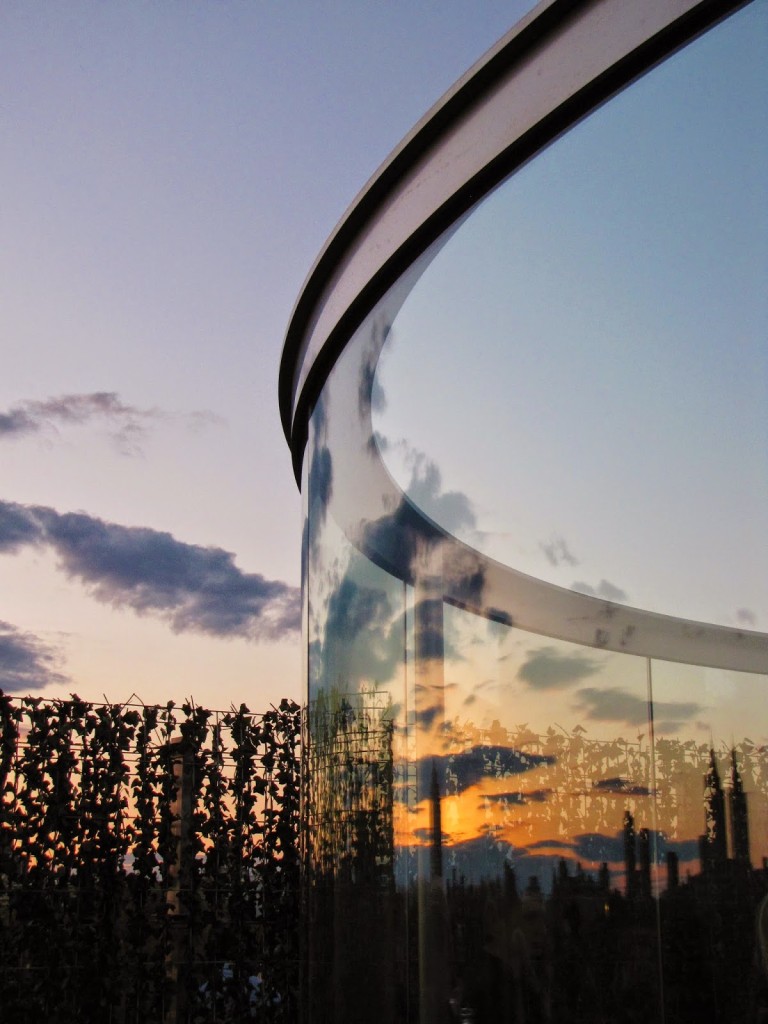
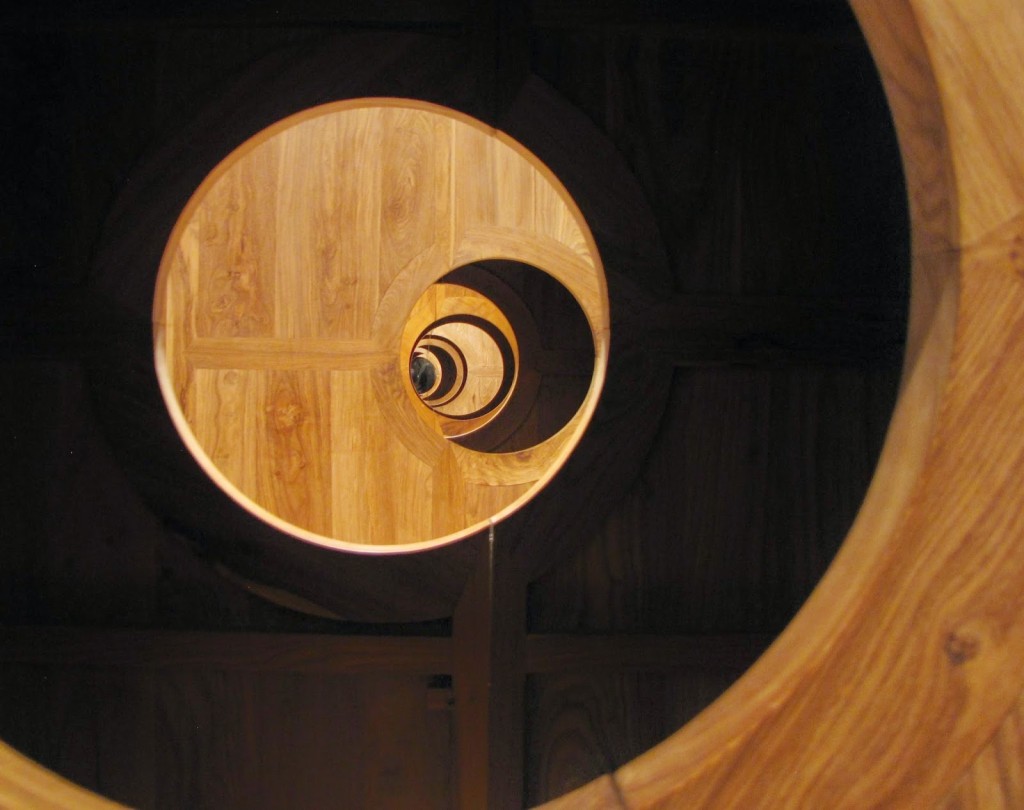
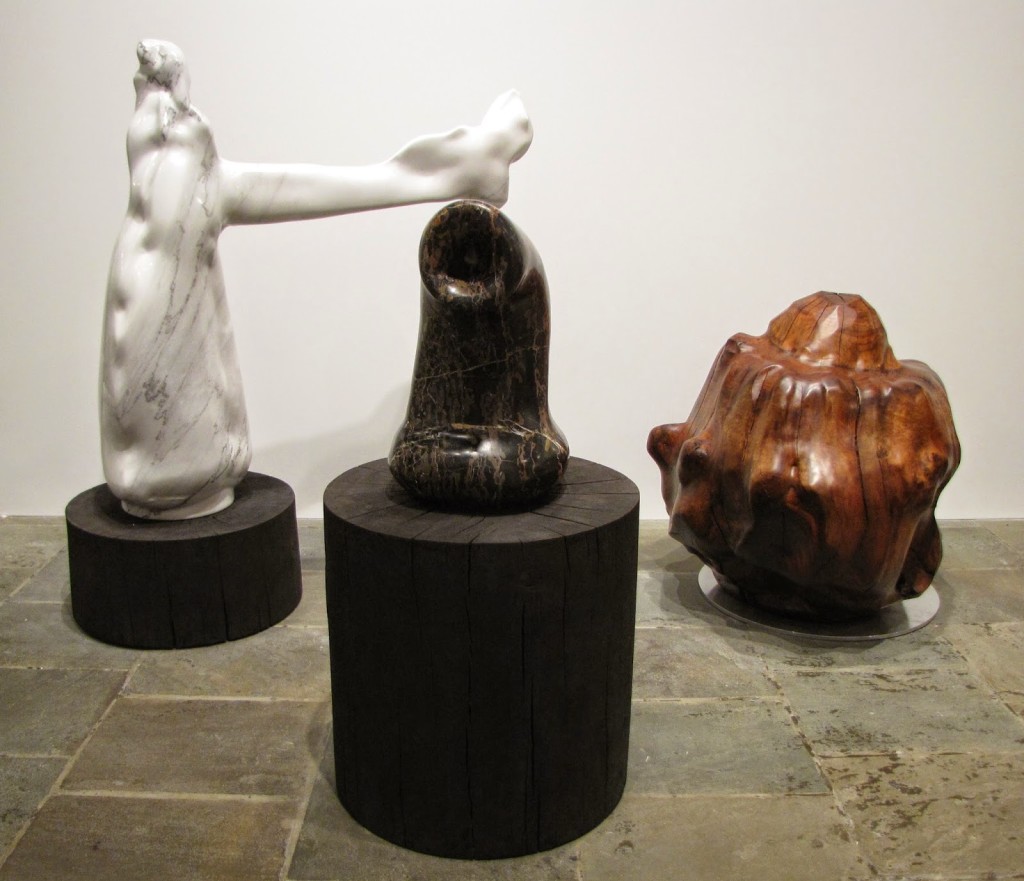
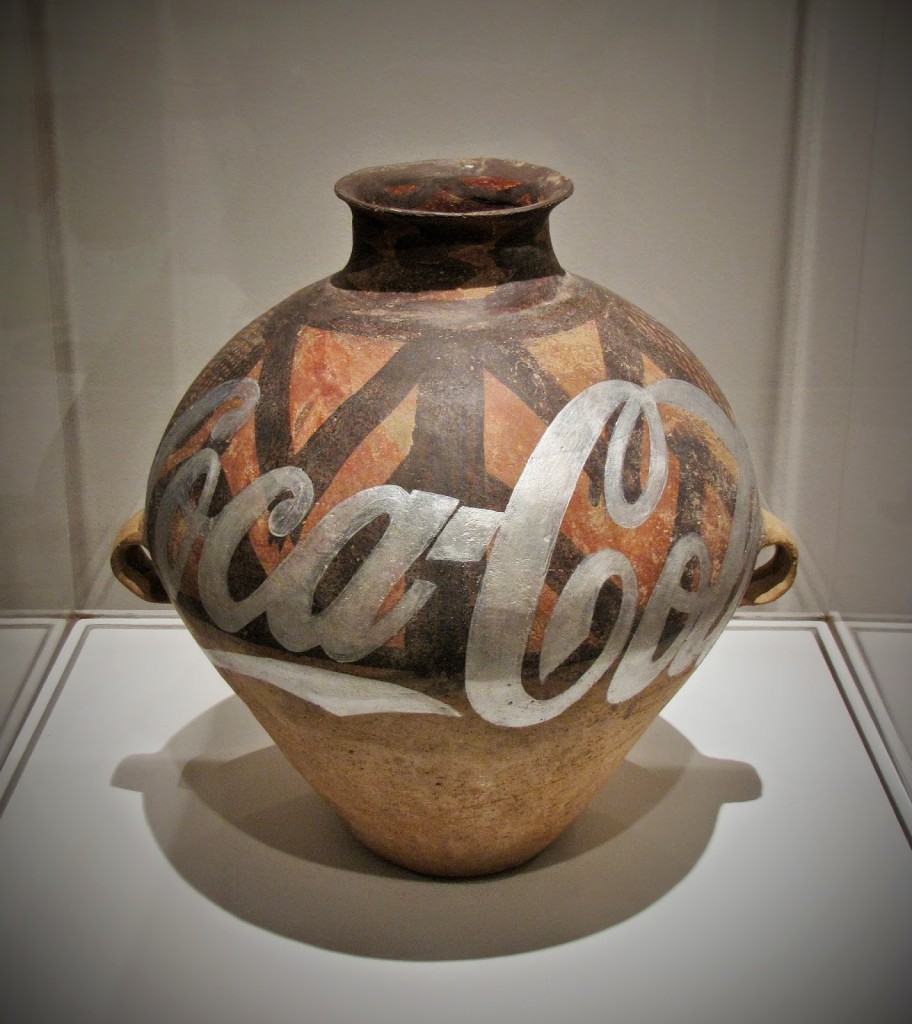
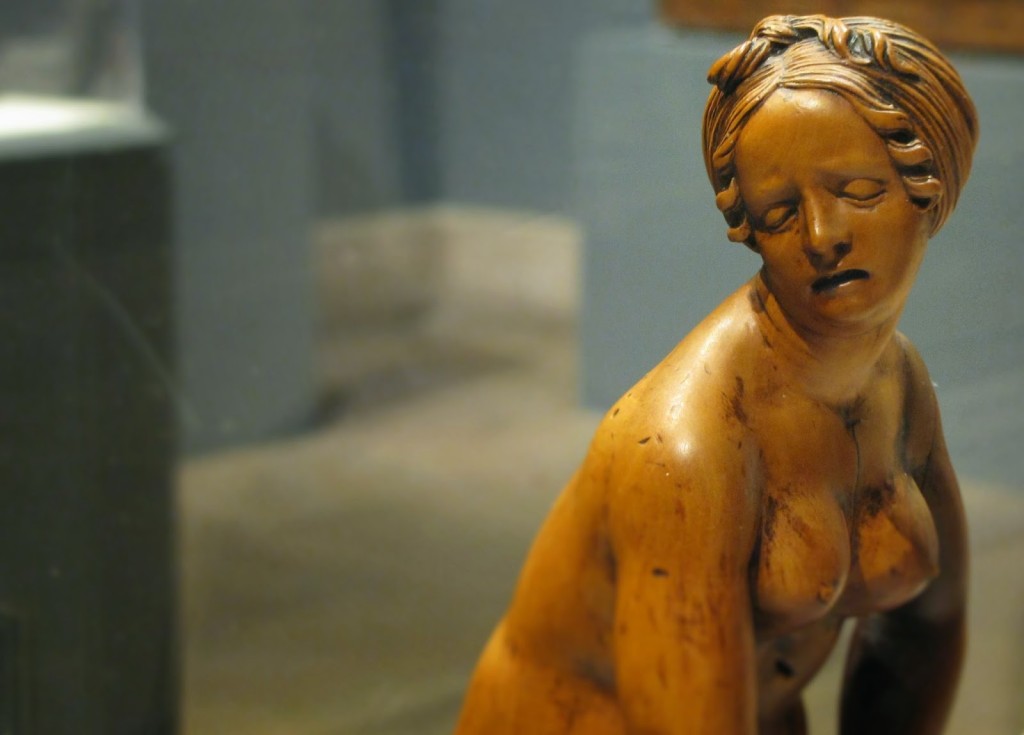
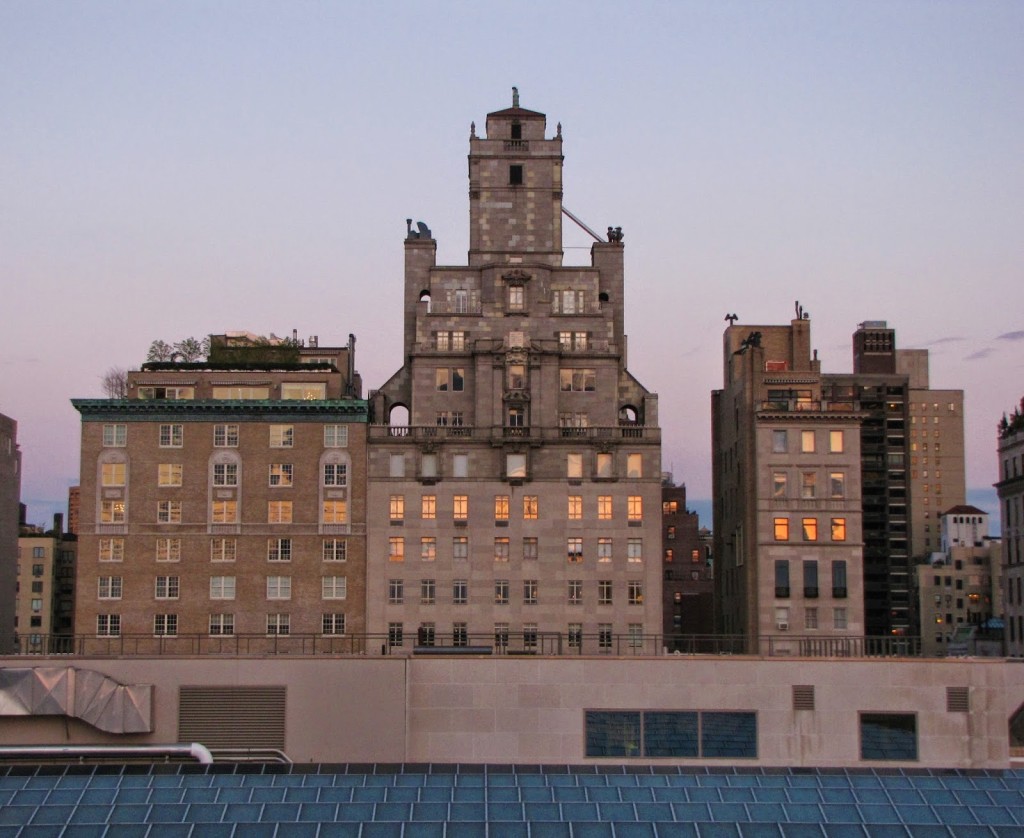
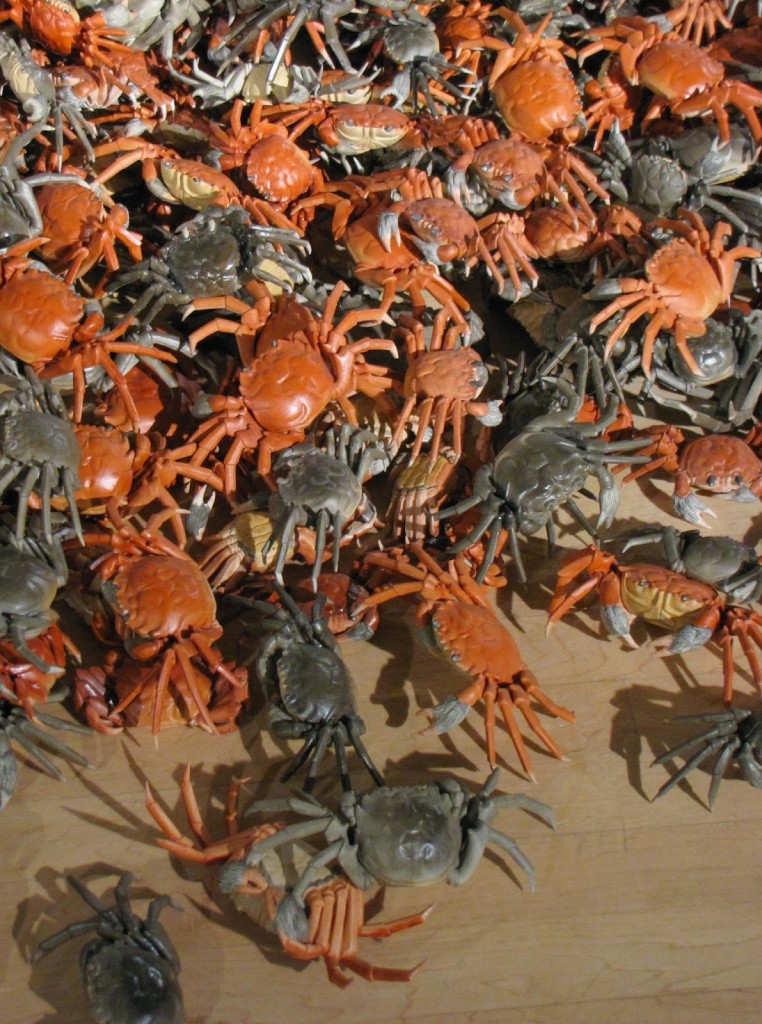
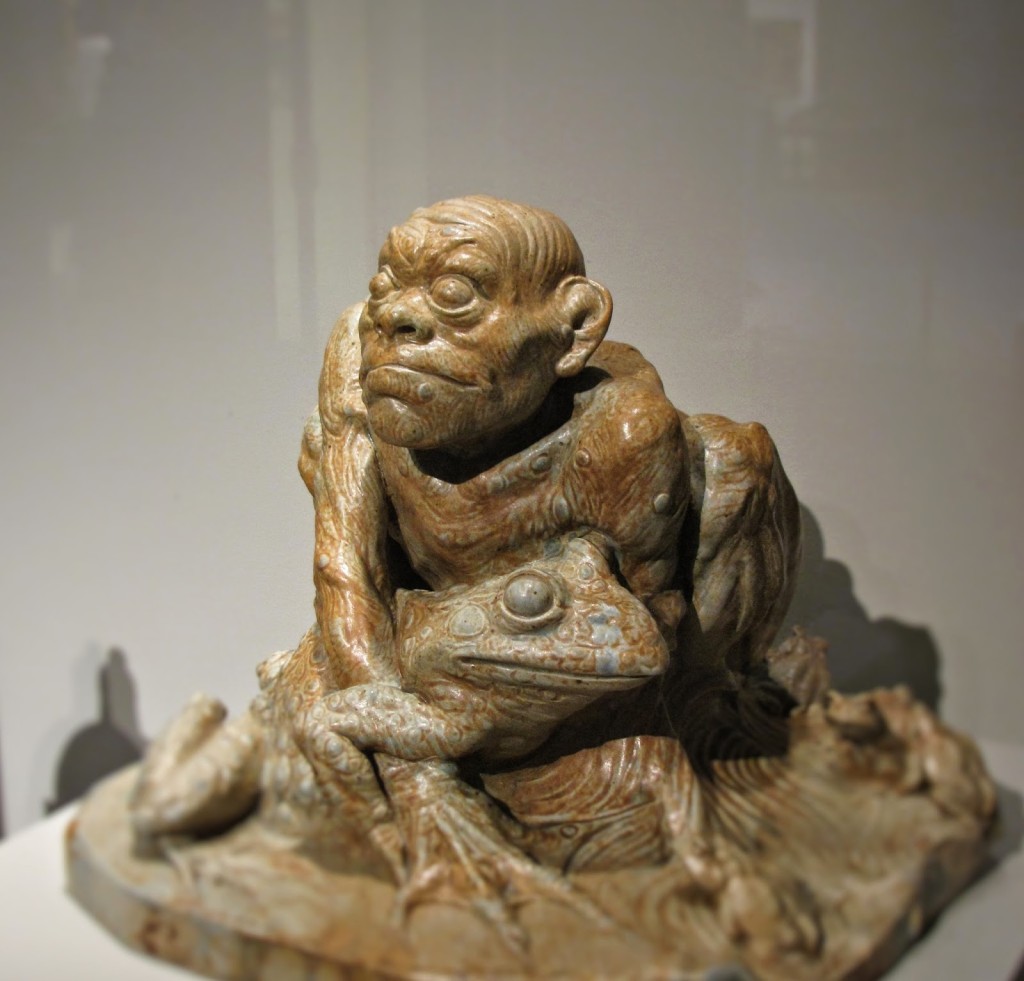
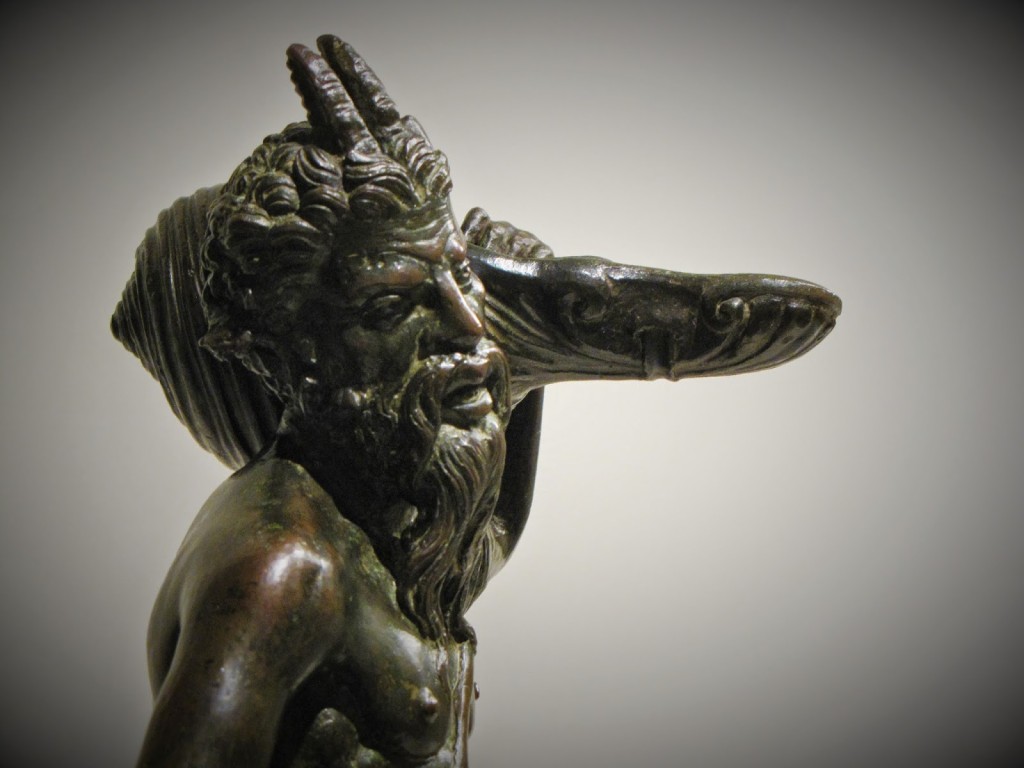
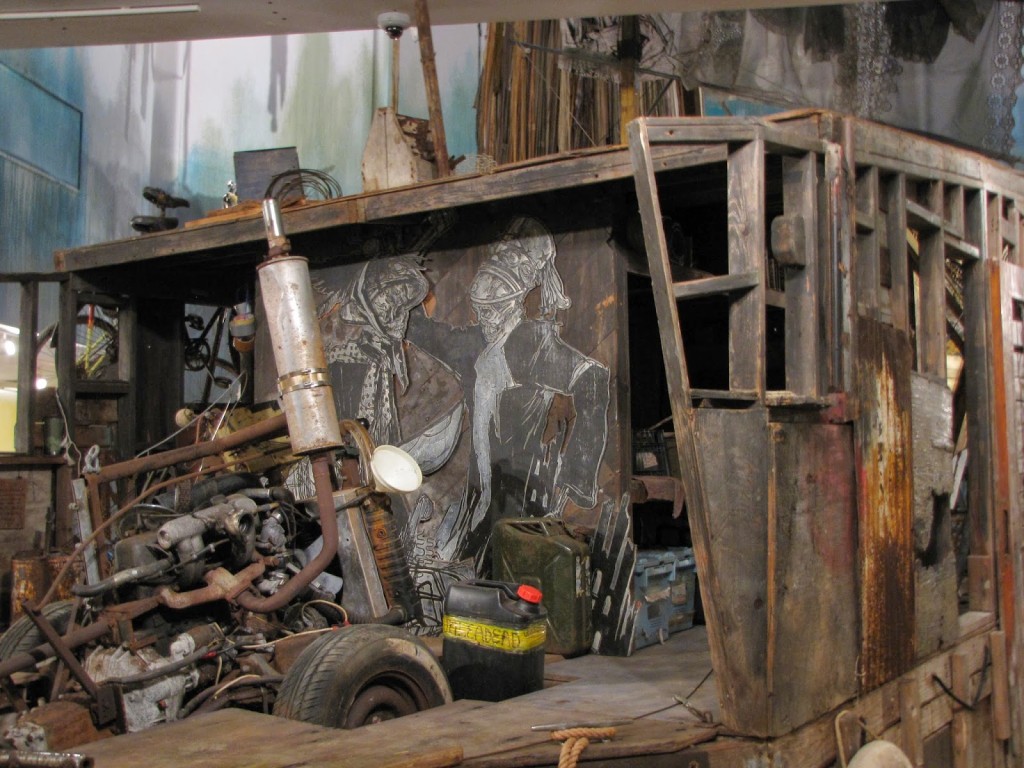
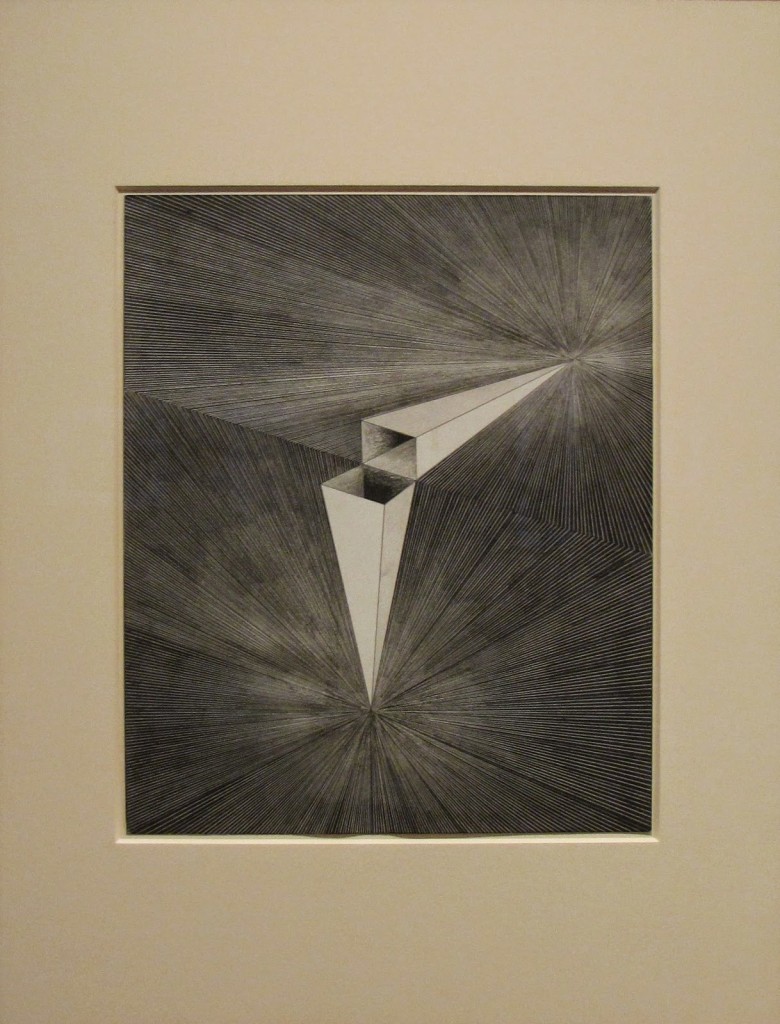
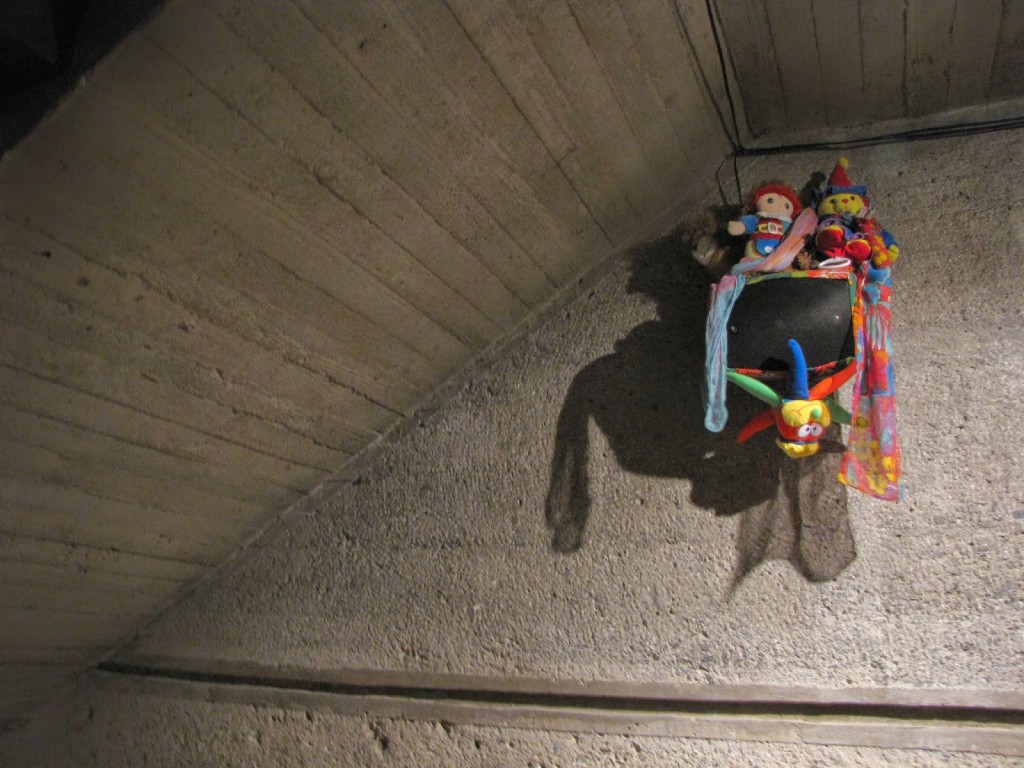
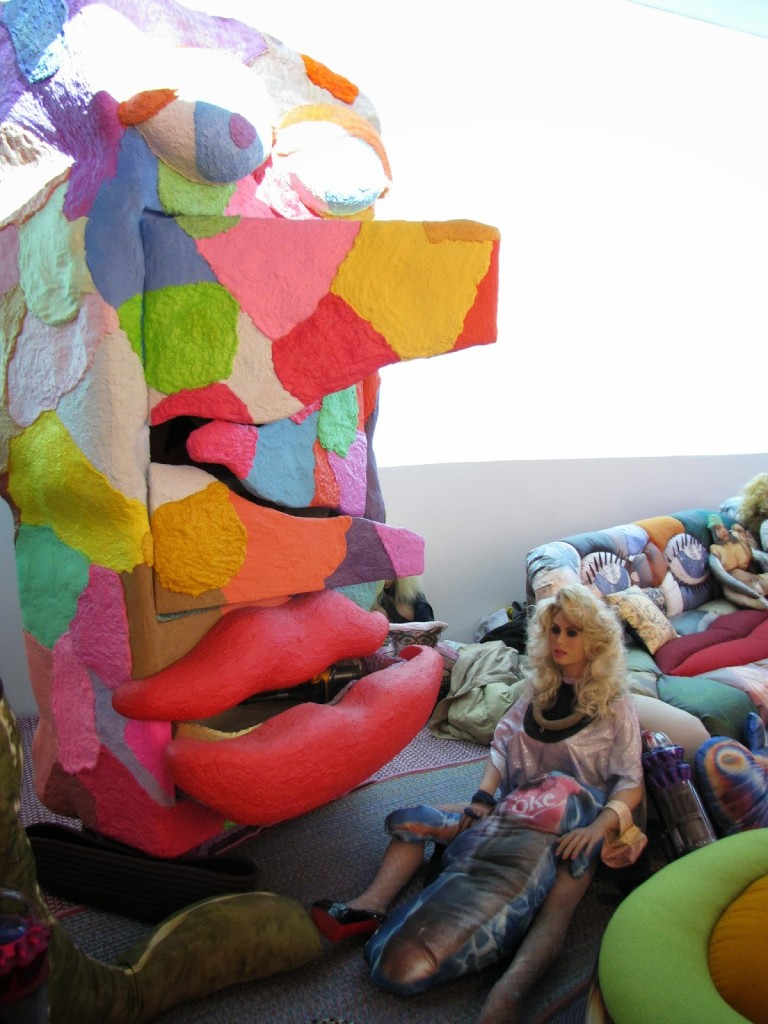
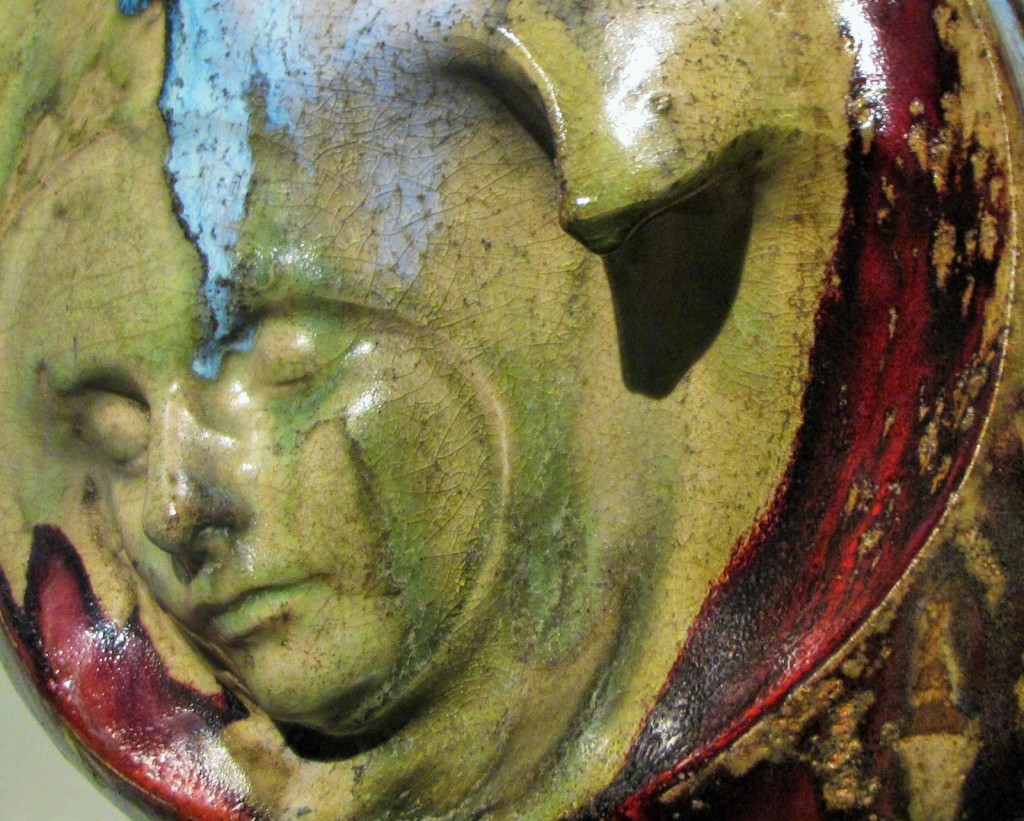
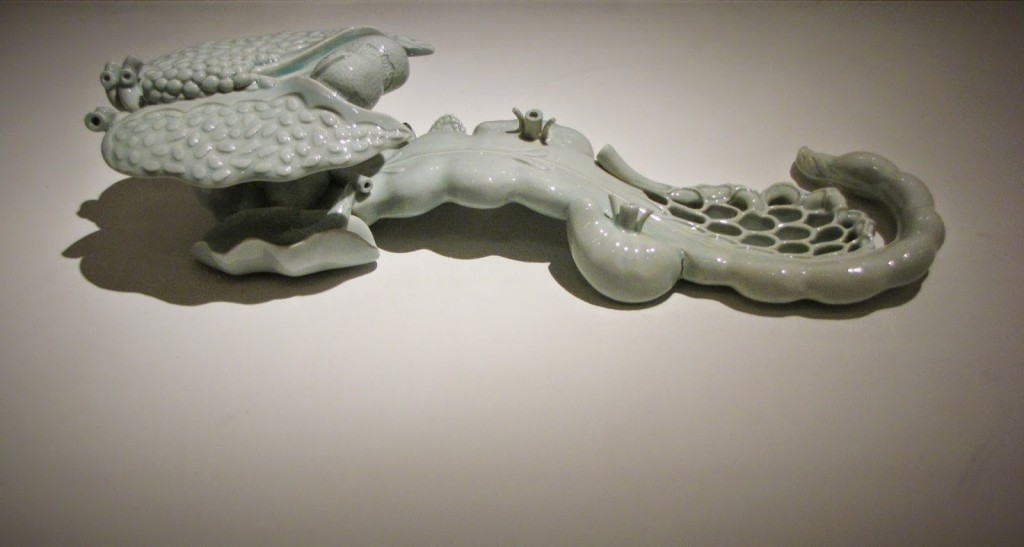
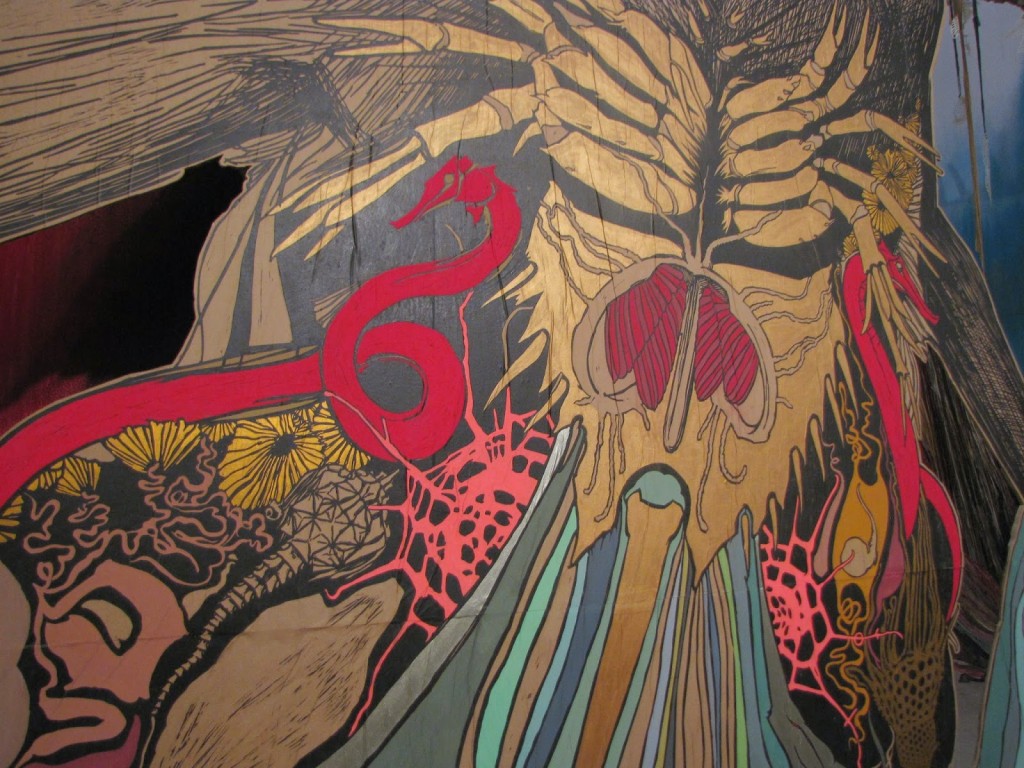
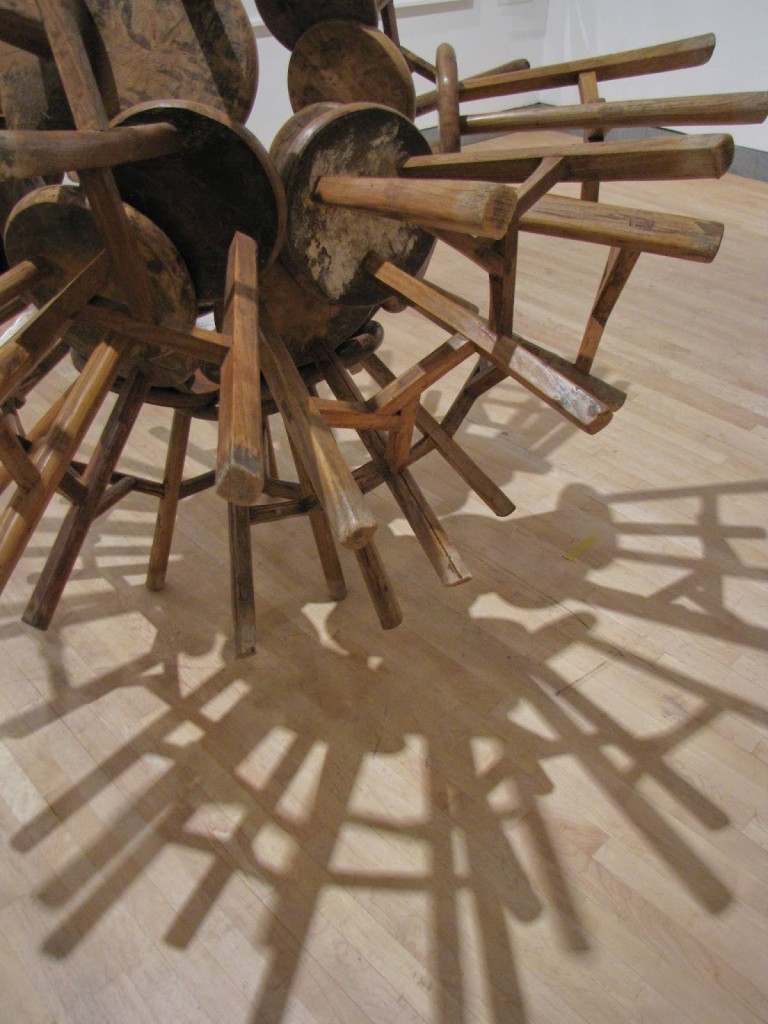
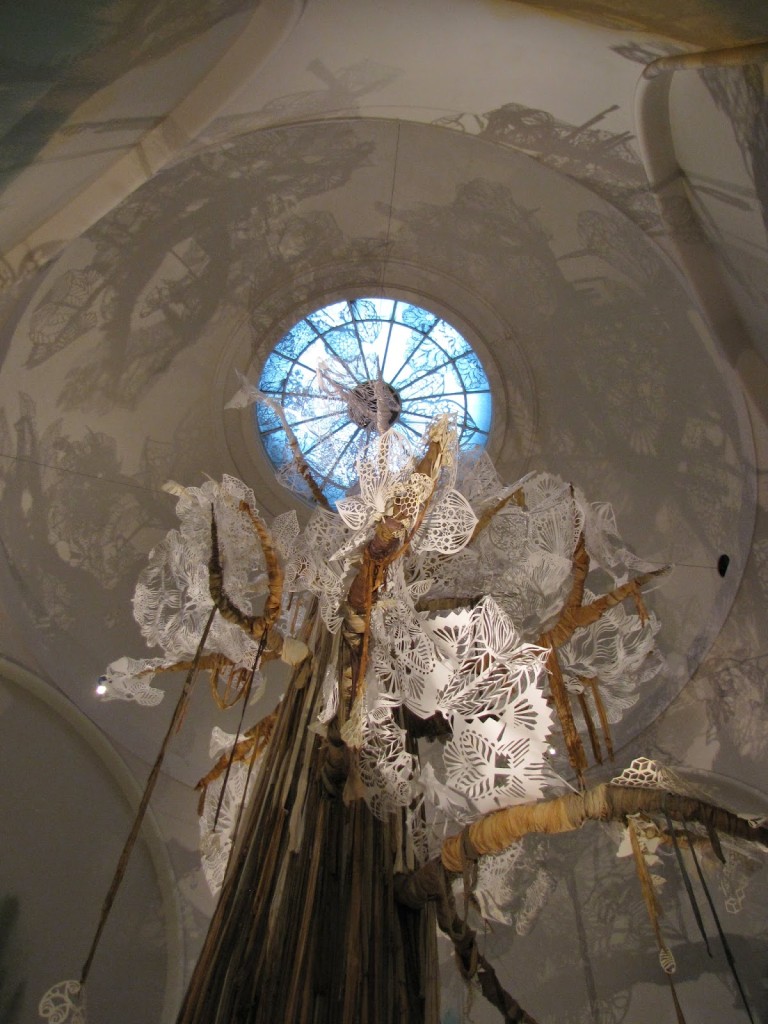
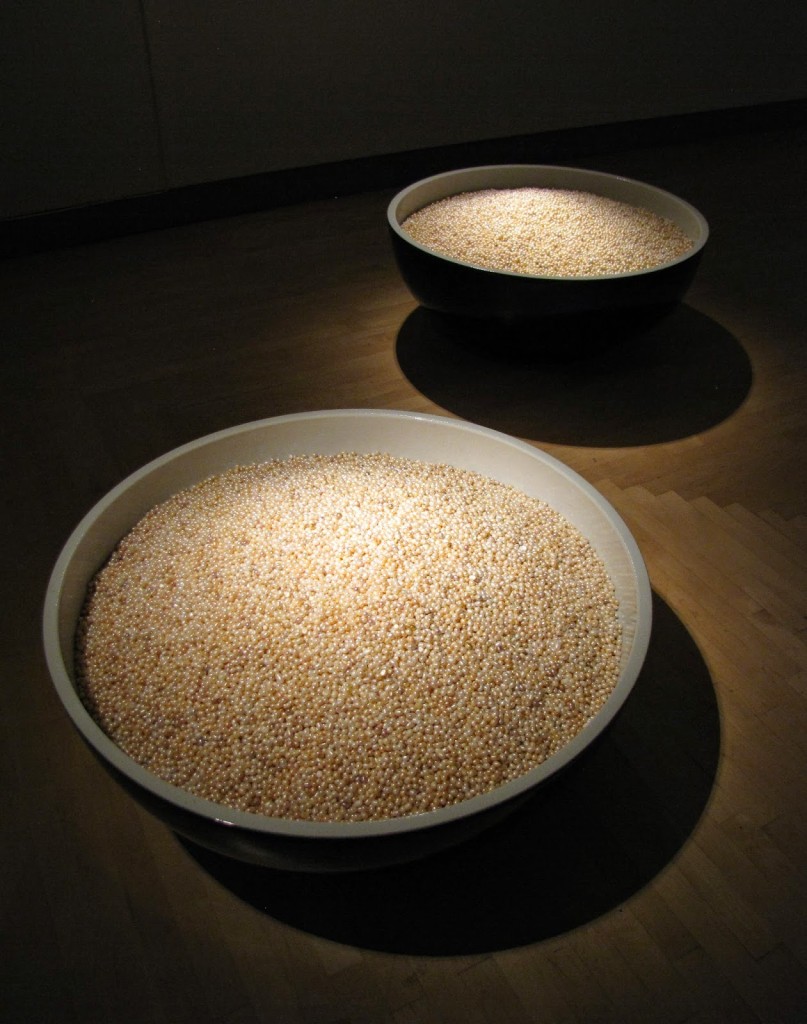
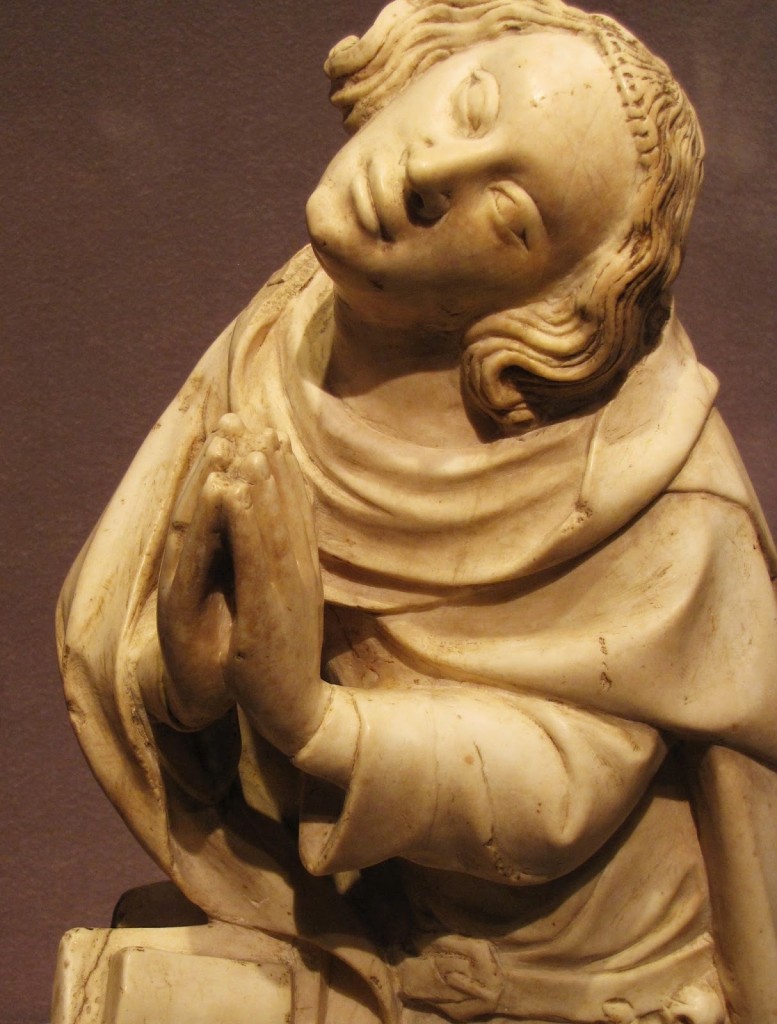
All photos by Renée DeVoe Mertz, May 2–4, 2014.
vegetarian in a leather jacket
art, travel, culture
























All photos by Renée DeVoe Mertz, May 2–4, 2014.
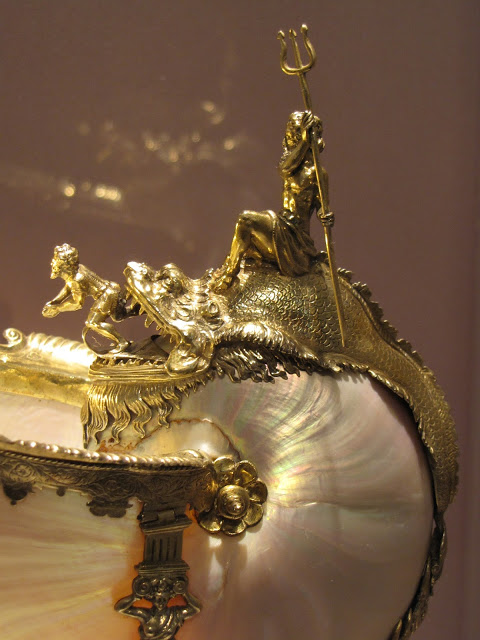
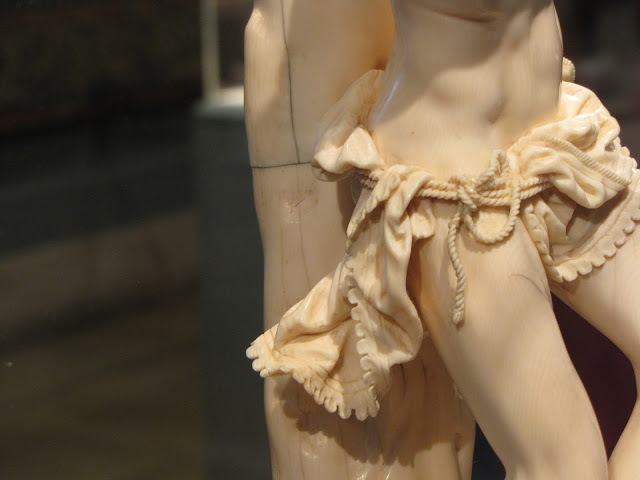
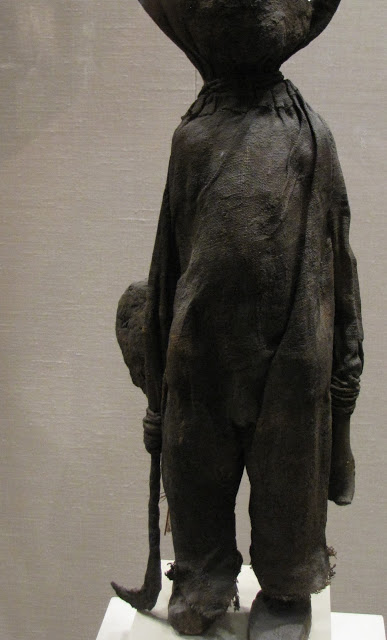
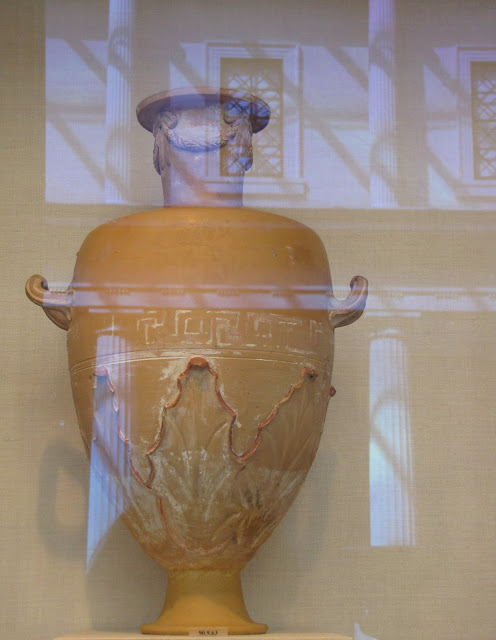
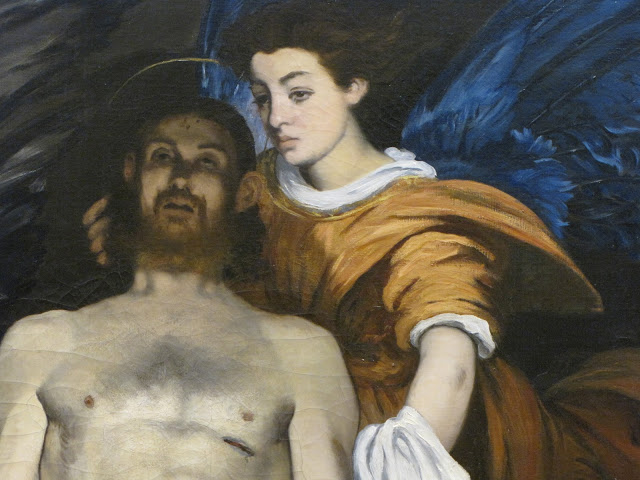
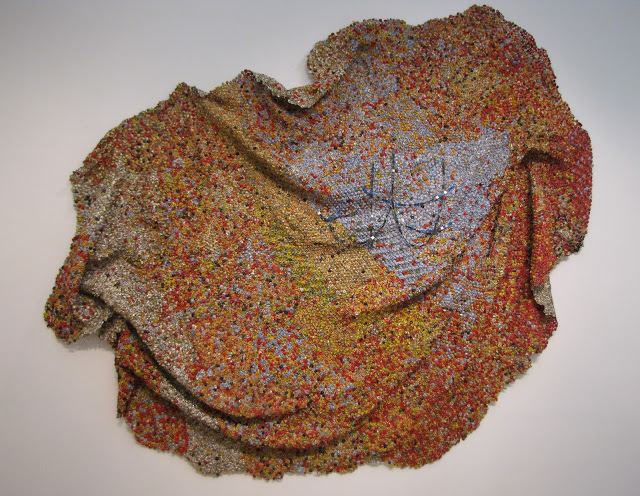
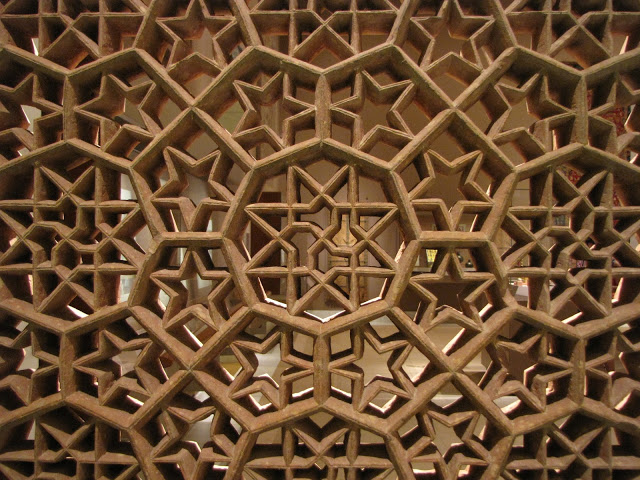
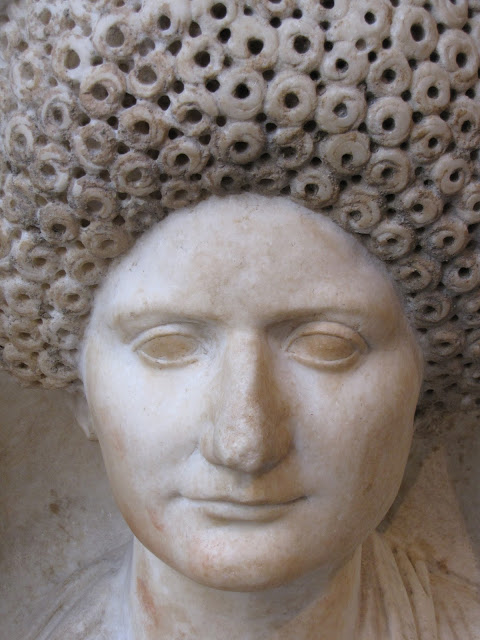
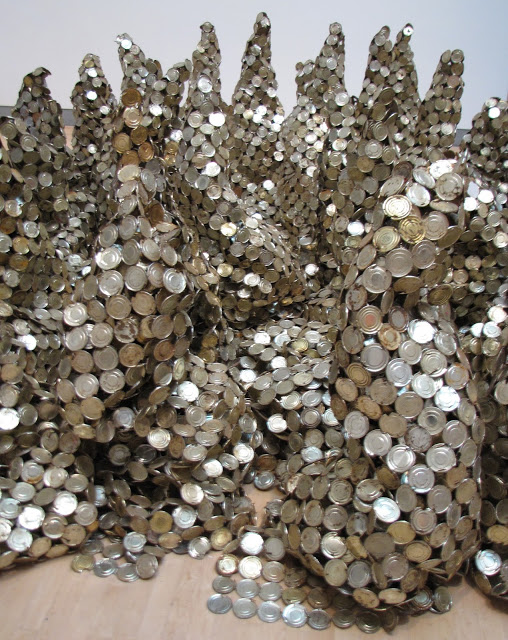
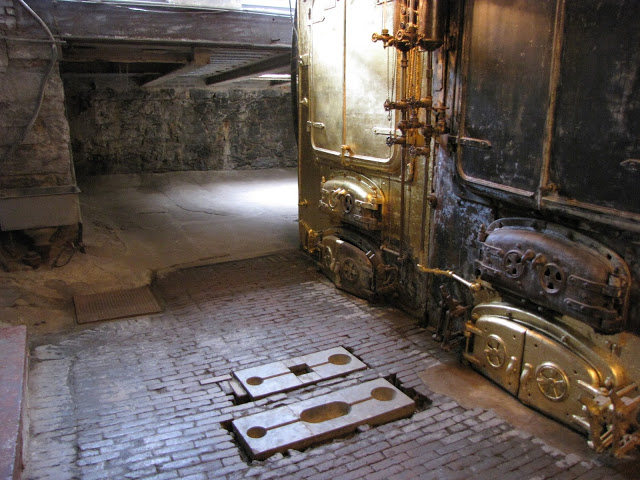
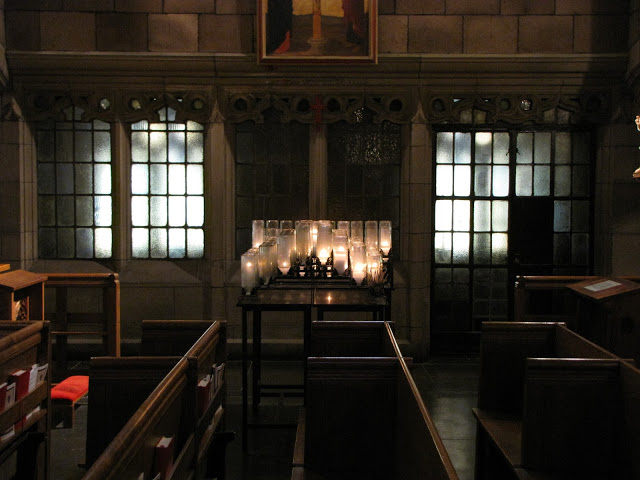
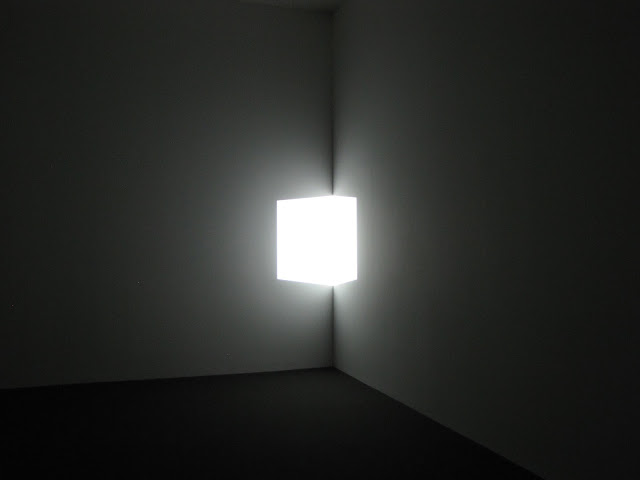
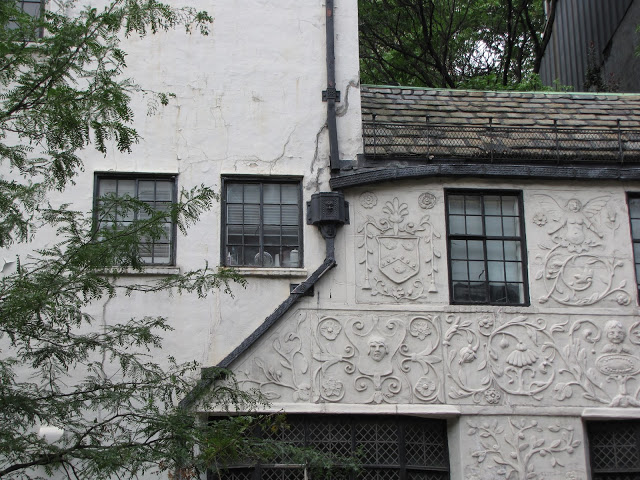
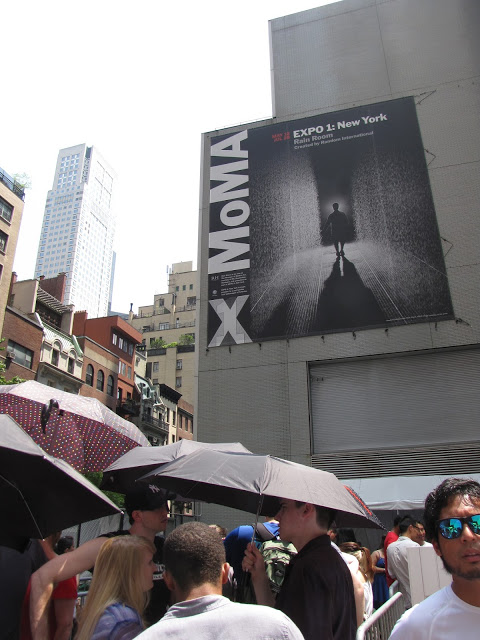
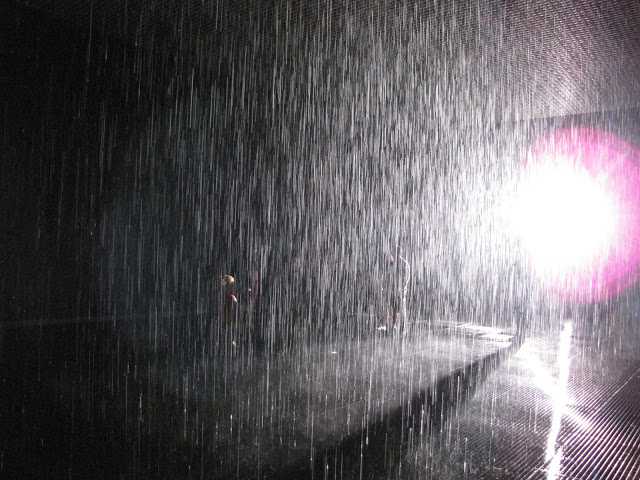
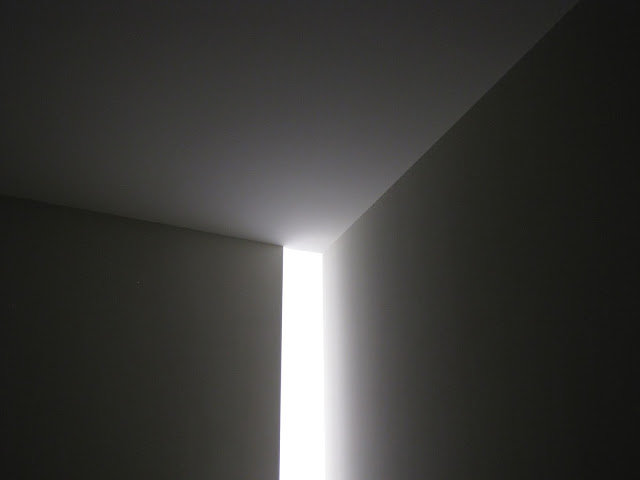
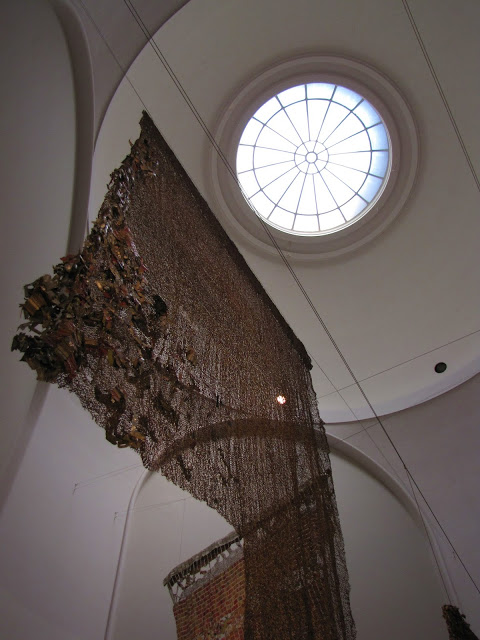
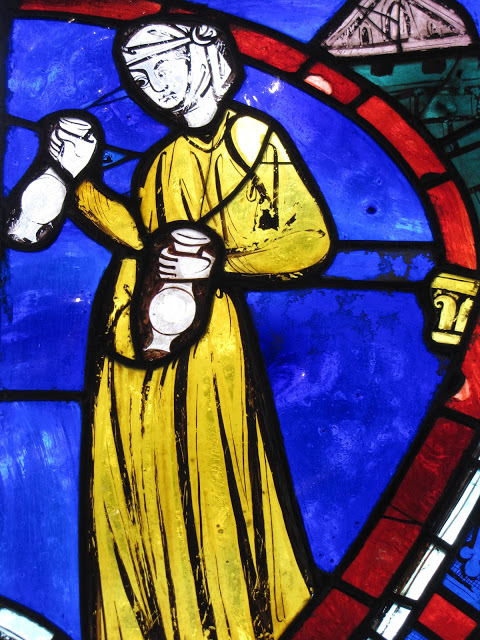
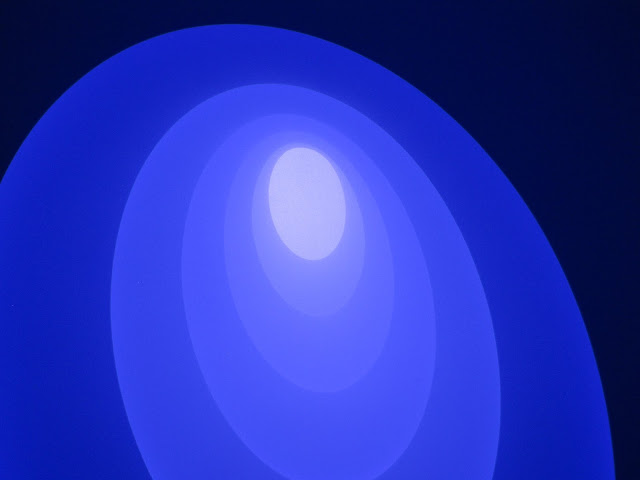
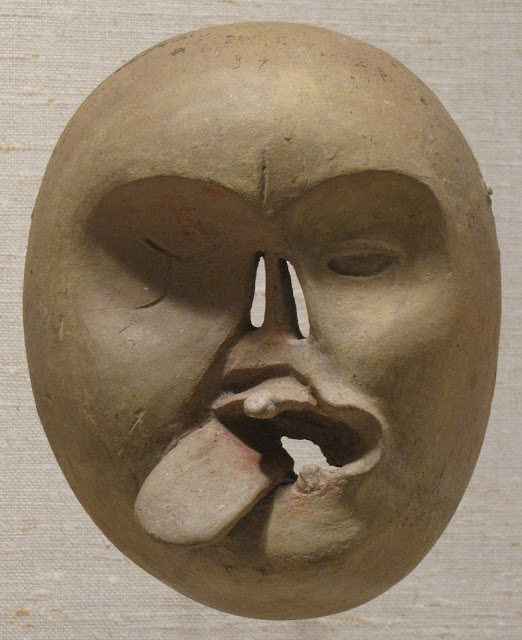
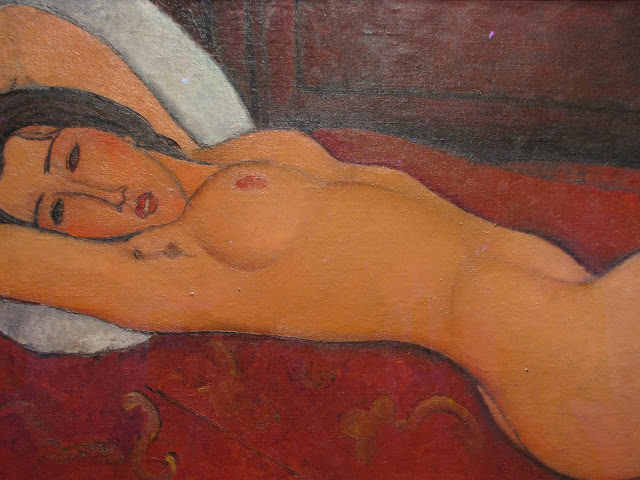
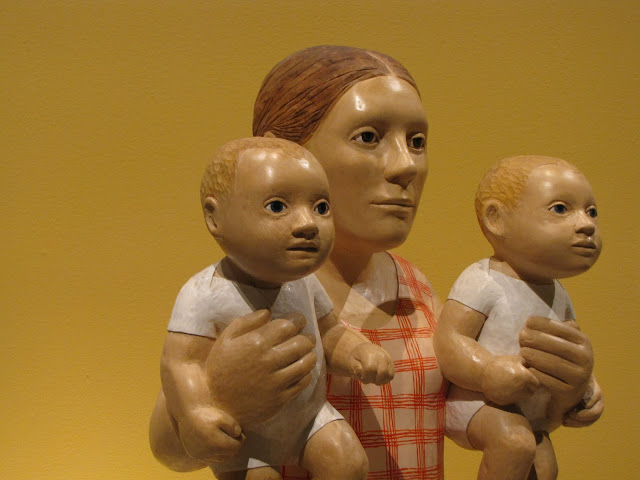
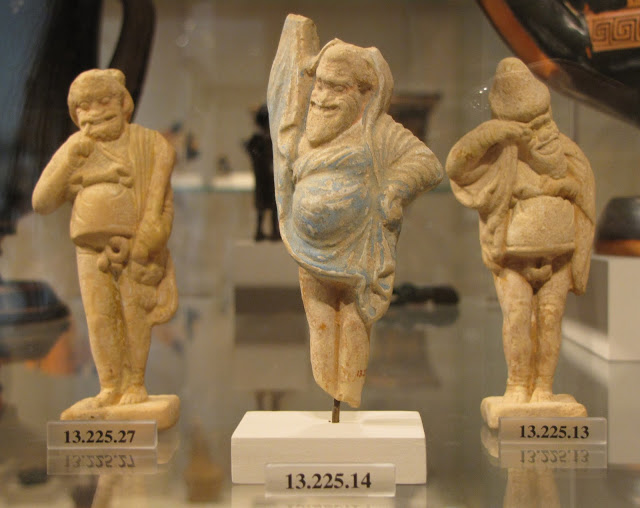
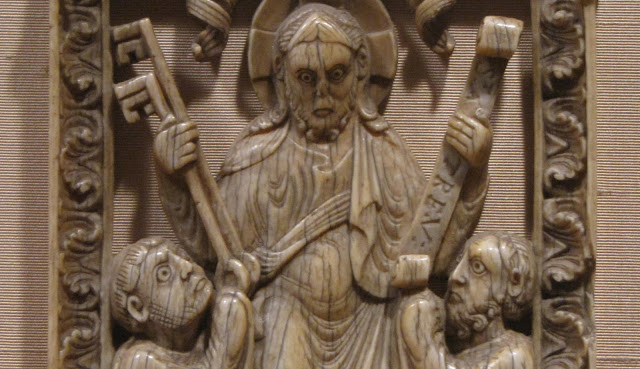
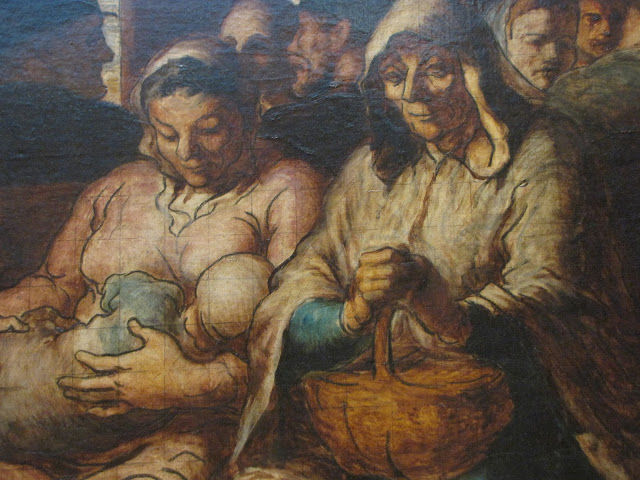
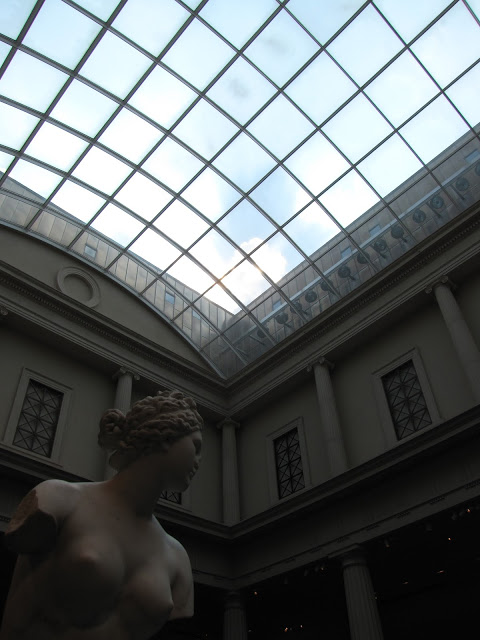
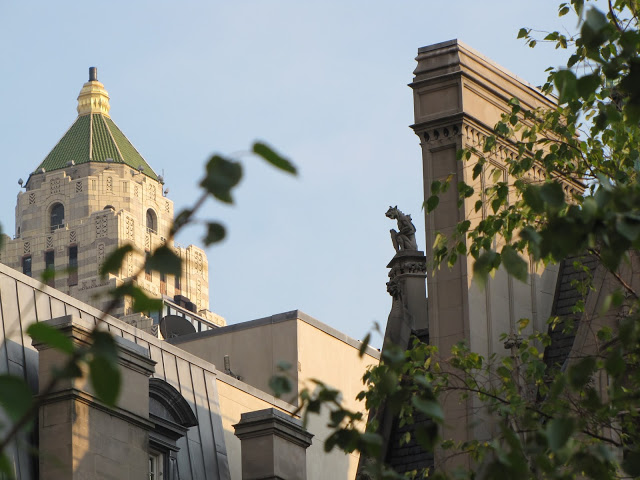
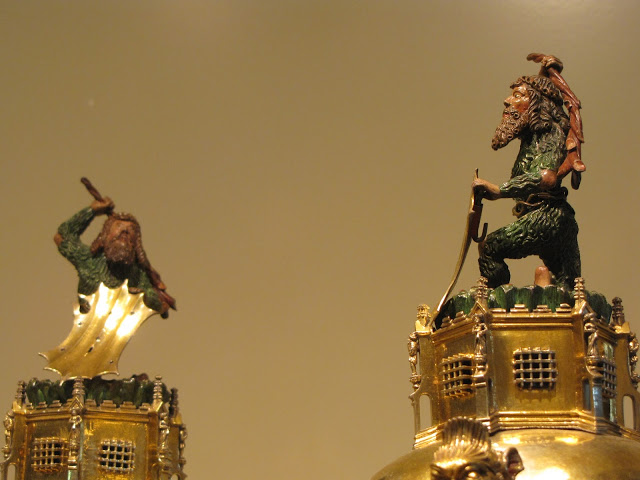
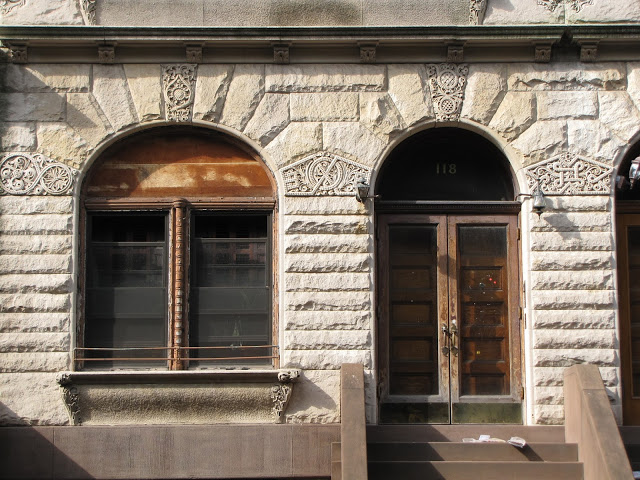
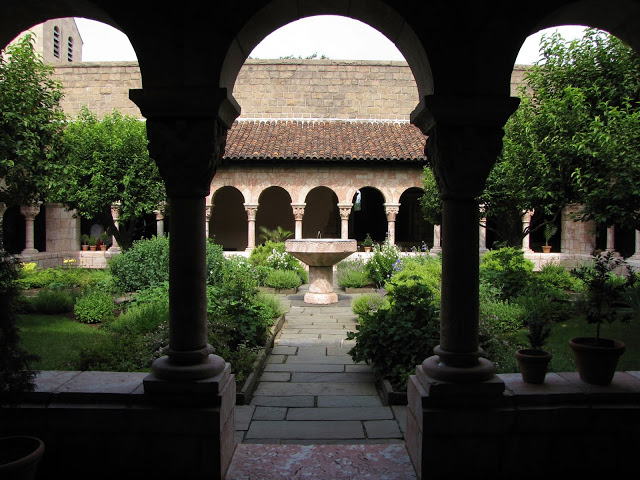
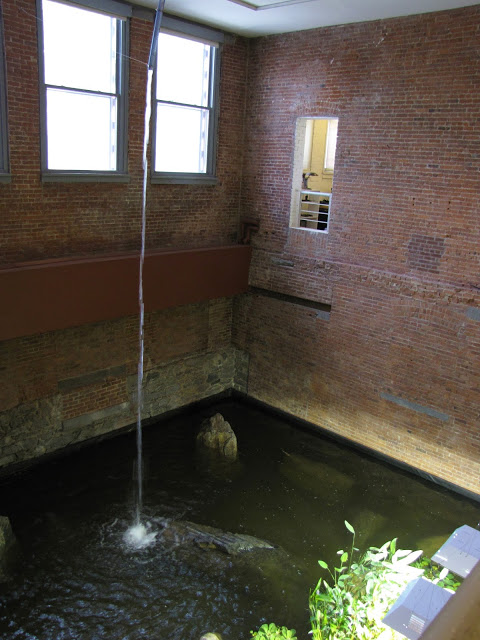
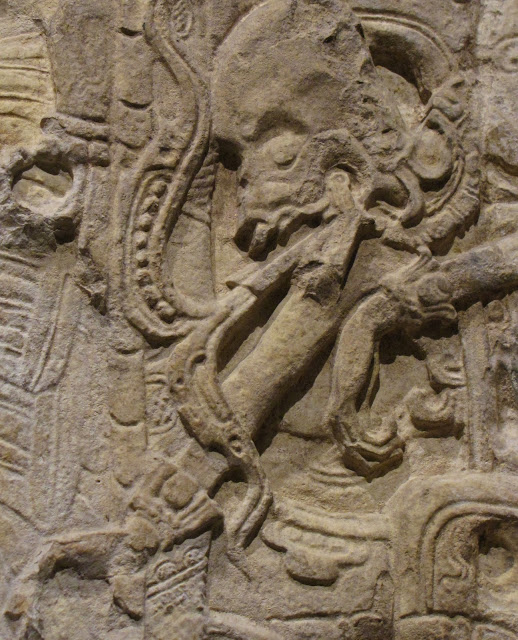
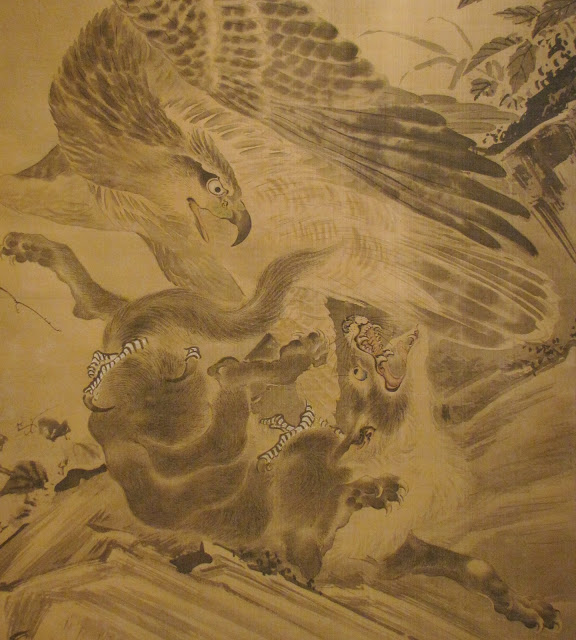
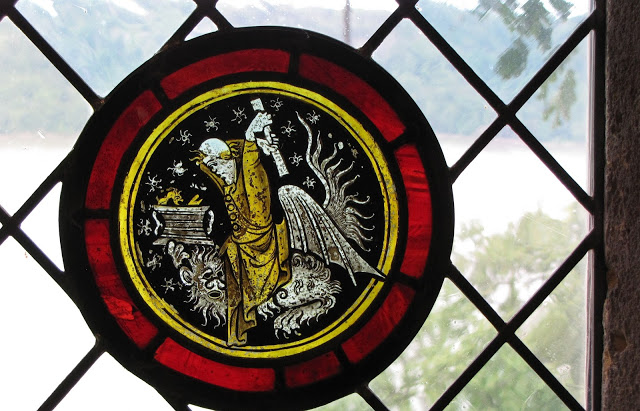
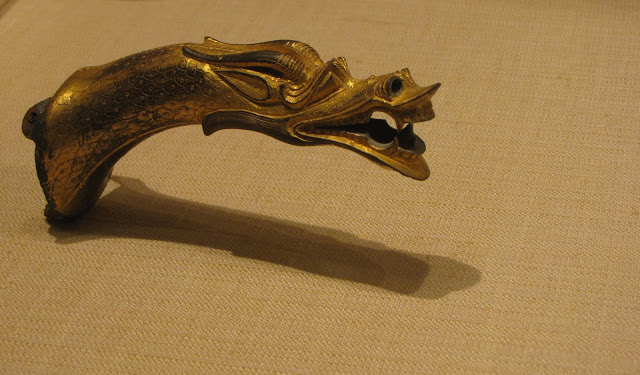
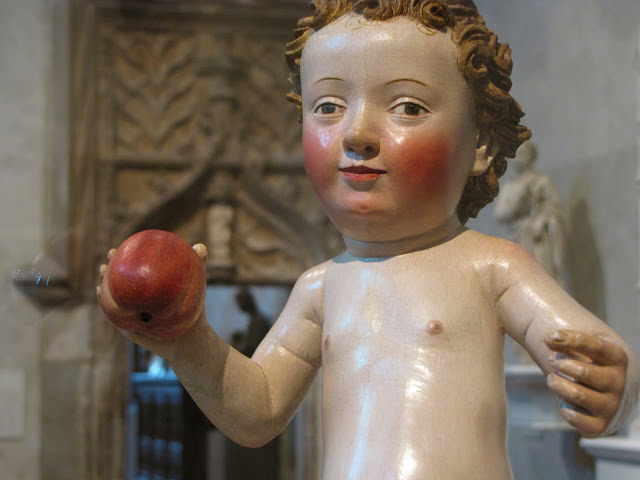
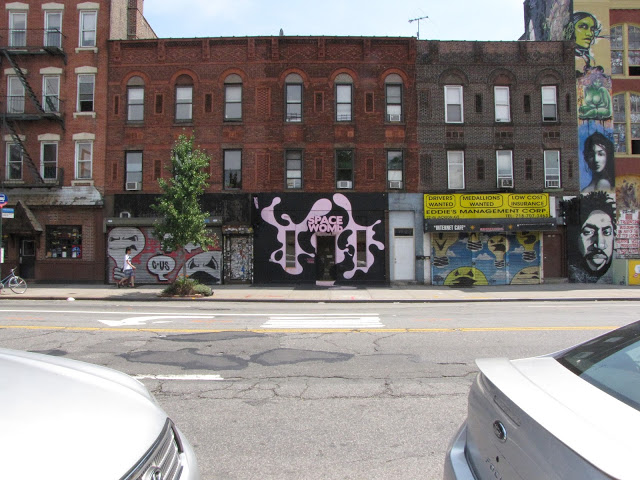
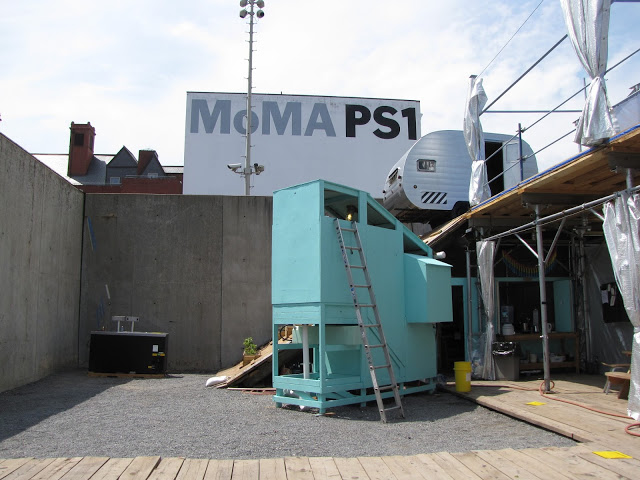
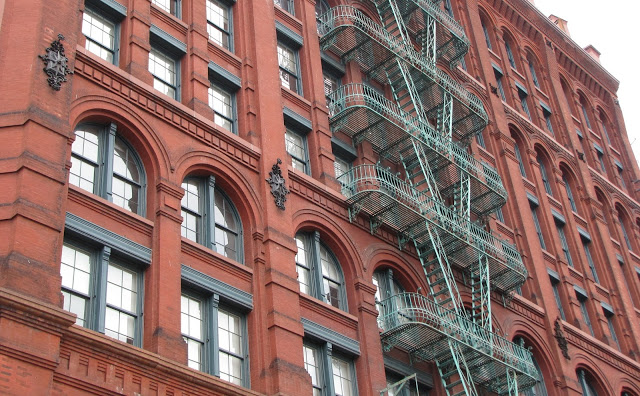
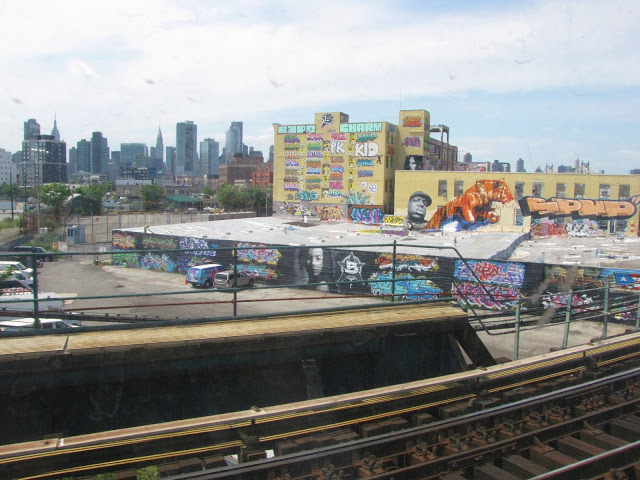
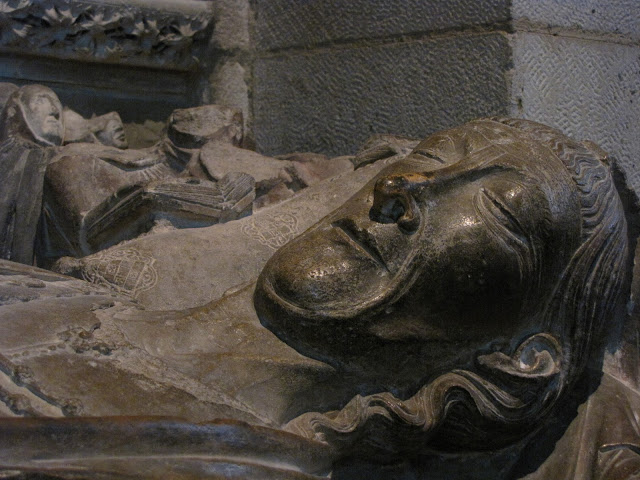
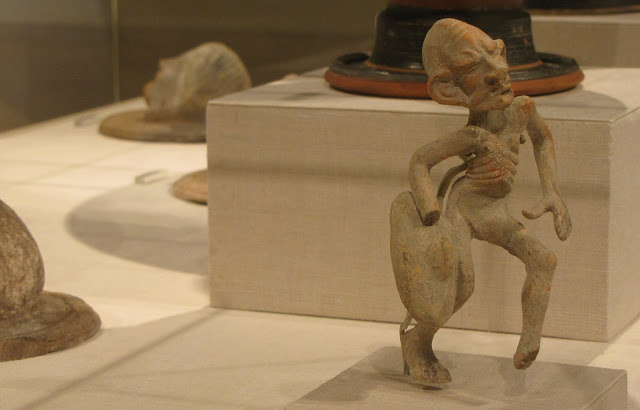
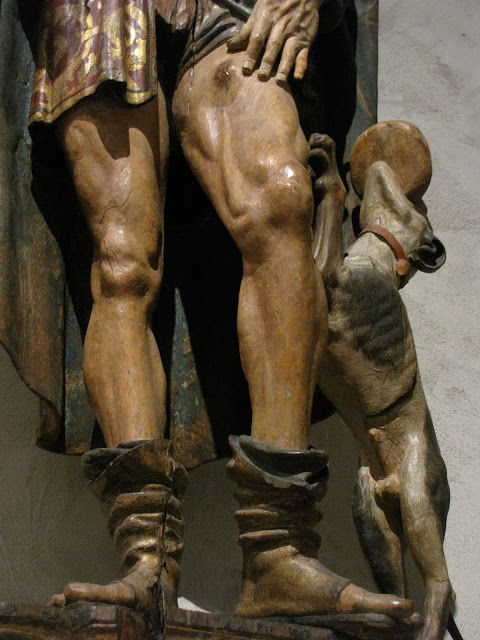
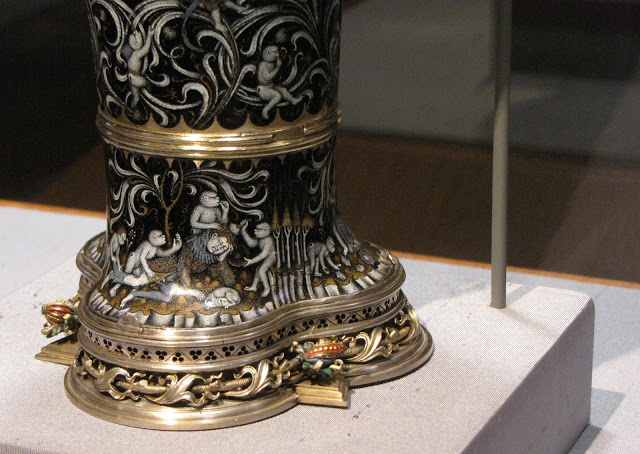
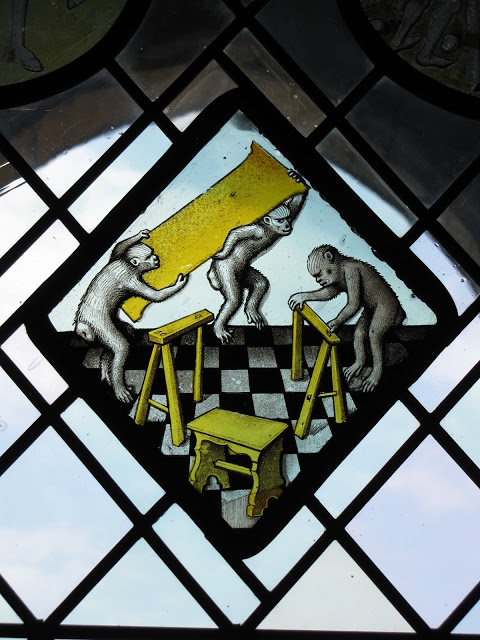
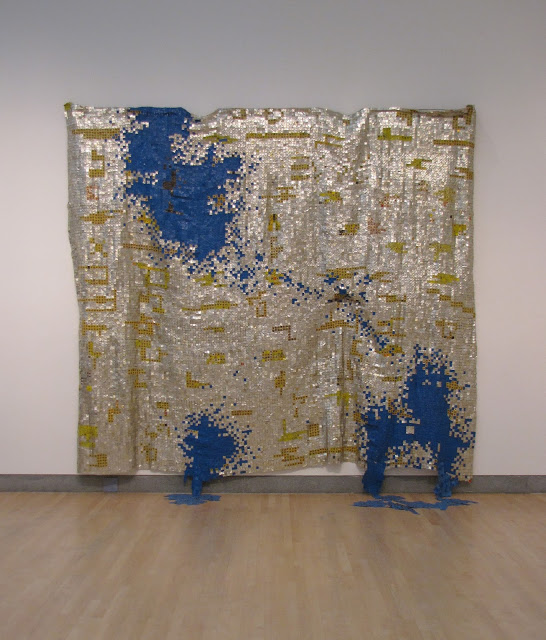
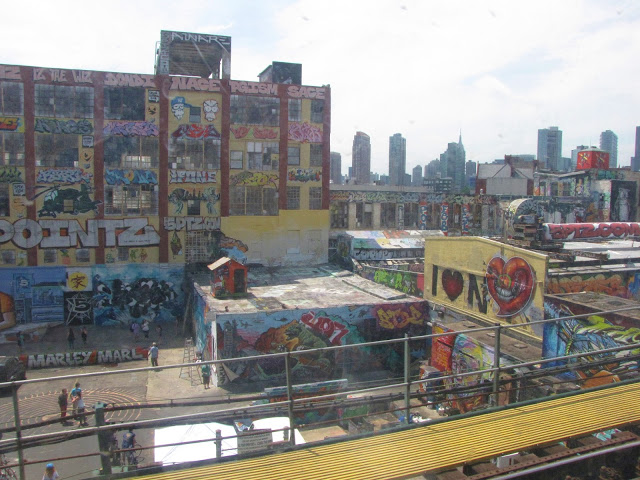
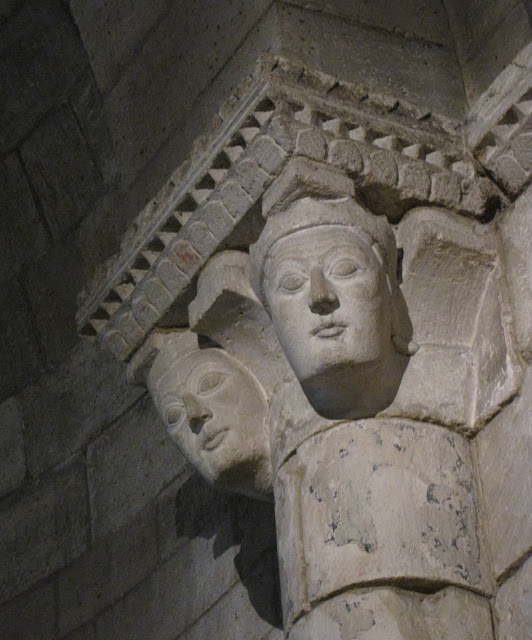
All photographs by Renée DeVoe Mertz, July 19–21, 2013.
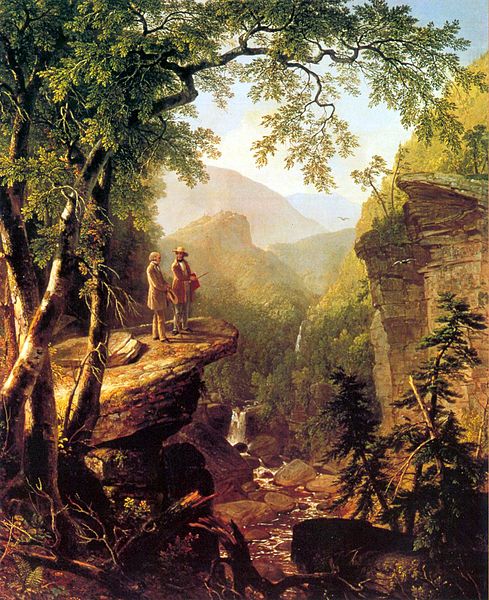
Back in 2005, Wal-Mart heiress Alice Walton reportedly purchased Asher B. Durand’s 1849 painting, Kindred Spirits, for $35 million. While the practice of incredibly wealthy people paying incredibly high prices for paintings would normally receive little more than a shrug or eye roll by most jaded capitalists, Ms. Walton’s case drew a bit more attention because to acquire the painting she outbid a joint attempt by the Metropolitan Museum of Art and the National Gallery of Art to purchase it. Doing so also served as a national public announcement of her intention to build a new museum of American art in her hometown of Bentonville in northwest Arkansas.Although the deal warranted coverage in the New York Times, I only learned of the semi-scandalous venture a few years later via my husband’s grandparents during a visit to their home in Bella Vista, a small suburban town neighboring Bentonville. Good hosts and frequent champions of the Waltons, they relayed the tale both with the intention of entertaining us as well as a sincere pride in the impressiveness of Ms. Walton’s victory over such major institutions.
My own reaction was more ambivalent.
I sympathized with the desire to create a public institution that served a community which otherwise did not have much in-person access to major works of art. I also believe that there is something to be said for spreading culturally significant objects around to different locations (as a security measure against disaster, at least). And although all museums want to build the strongest and most cohesive collections possible, it is difficult to argue that the Met or National Gallery “need” another painting. Indeed, although much can be said about the historical significance of Kindred Spirits, the overall collections of museums like the Met are so vast that even major works of art can be easily overlooked by the casual visitor. If you want to highlight the importance of an individual piece, smaller venues tend to be best.
On the other hand, when it comes down to the numbers, it is impossible to suppose that as many people will see objects housed in a small town in Northwest Arkansas as would in either New York or Washington DC.
Ethically, too, the purchase rankled. Although everyone in the field knows that the art economy and its related institutions are dependent on the generosity of a handful of wealthy patrons, it is nonetheless unsettling to have a single individual tank the combined efforts of two large and distinguished cultural institutions. The fact that this money came from the Wal-Mart empire, one of the most divisive and problematic businesses of recent decades, only shone a brighter light on the morally ambiguous nature of the discipline.
Furthermore, it was—and is—difficult to read Ms. Walton’s purchase as occurring outside of this country’s supposed “culture wars,” in which progressiveness, urbanity, and both coasts seem to be grouped together and set against conservatism, ruralism, and the rest of the country. Although I grew up in St. Louis, I have spent most of my adult life in coastal cities or abroad. There are reasons for this that go beyond the simple necessities of education and employment, and yet I am still attached enough to my hometown to refer to my visits there as “going home.” At the time of our trip to Bella Vista, we had recently moved to New York so that I could pursue my PhD at the Institute of Fine Arts, New York University, and my ambivalence about Ms. Walton’s purchase and intentions for a museum were really only the other side of my already existing discomfort about my new place of residence.
New York is, after all, an undisputed center for art and culture in the United States. In terms of resources and historical importance, there is no better place to study art, especially the development of modern and contemporary art, in this country.
However, there were two things that I noticed early on that never stopped bothering me during my time in NYC. The first was an unshakable sense that the city had reached a point in which the creative forces that had made it great were being strangled by its own history. Work in galleries tended to be more safe than interesting. The differences between these and the “provincial” galleries of other cities were primarily twofold: 1) the New York galleries had a higher asking price for their objects and 2) even works from other parts of the globe were in easy dialogue with the New York-based movements of the mid-20th century.
The second trend I noticed is closely related to the first: the frequent recurrence of the term “provincial” (especially in academic settings) as a shorthand means of dismissing an idea, argument, place, work, or person. Beyond being obviously condescending and shabby scholarship, such use of the term is particularly absurd in a place like New York which is not only infamously obsessed with itself to the exclusion of most other places, but which had the same term frequently thrown at it less than a century ago when the entirety of the United States was understood to represent the cultural backwater of Europe. Of course, it is probably this very history that has fostered the current enthusiasm for applying the term elsewhere.
As a native of “fly over country”—and as someone who has seen places like St. Louis grow into increasingly complex but perpetually undervalued cultural centers—I am admittedly sensitive to these little jabs from my colleagues and peers. But there are advantages to being made aware of one’s own otherness, and in this case it has caused me to seriously question the very nature of provincialism in the 21st century.
After all, the idea of provincialism is based on a socio-cultural model in which ideas and goods converged and circulated primarily through a handful of urban centers (usually political or economic capitals), leaving everywhere else relatively isolated and therefore culturally inbred.
But the advent of the Internet, not to mention the increased ease of travel, has made this model nearly obsolete as it applies to smaller urban centers. Not that Internet access or travel guarantees increased creativity or a more cosmopolitan outlook. Certainly anyone wanting to deepen her own ignorance can do that as well as someone hoping to broaden her horizons. What the Internet does is decentralize information, making one’s knowledge-set an individual choice rather than an environmental inevitability.
Of course, this is only true for those who actually have access to the Internet. Poverty or lack of infrastructure—a serious issue in many rural districts—still prevent too many people from taking part in an increasingly global culture. Even these cases, however, represent a changeable and changing situation that differentiates them from the classic model of provincialism.
For those of us fortunate enough to participate in the global stream of ideas, the world is wide open. Indeed, as countless authors have already noted, the greater problem now seems to be in knowing what to pay attention to and what to believe. One of the results of this new circumstance is that the role of major cultural institutions, including colleges and museums, has become to narrow and direct our focus rather than broaden our horizons.
I believe it is that embattled privilege—the privilege of determining the narrative of culture—that has produced a certain intellectual rigidness in some of our finest academic institutions and lies at the heart of our so-called “culture wars.”
This is the context into which the Crystal Bridges Museum has been conceived and brought to life. Stay tuned for the second part of my review, which will deal with the museum itself.